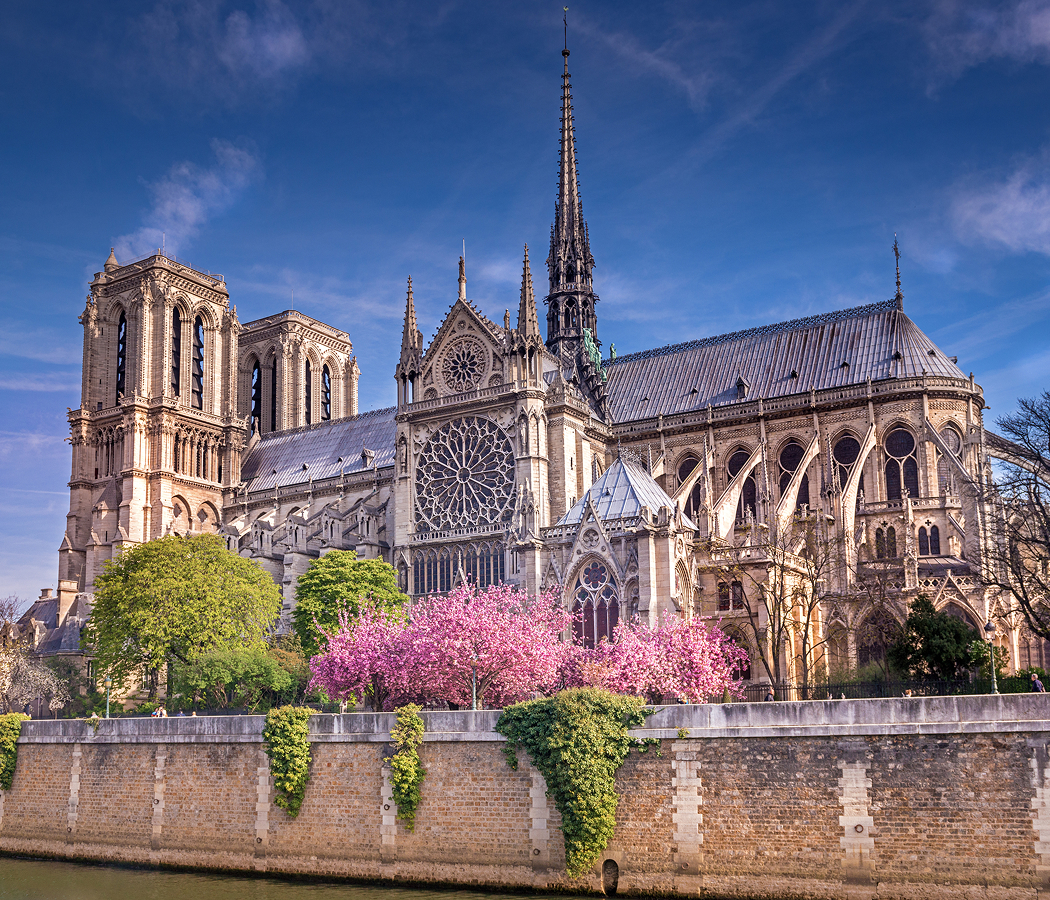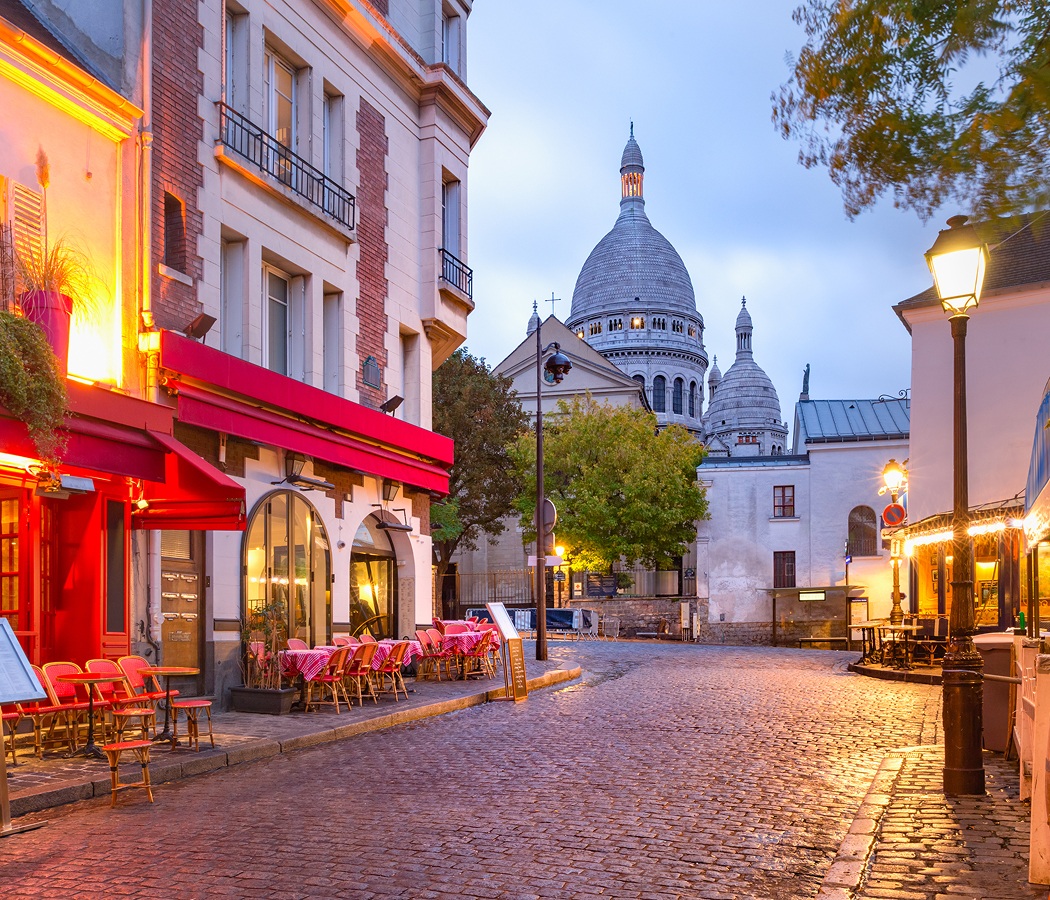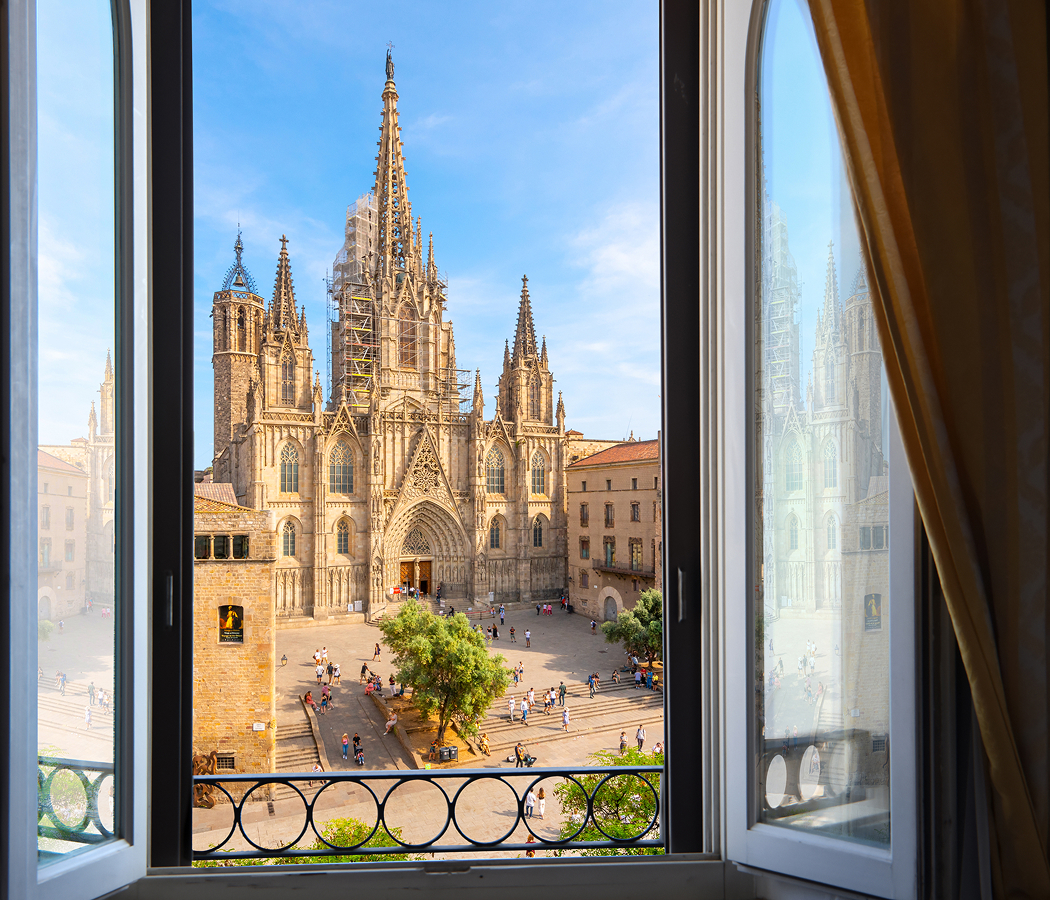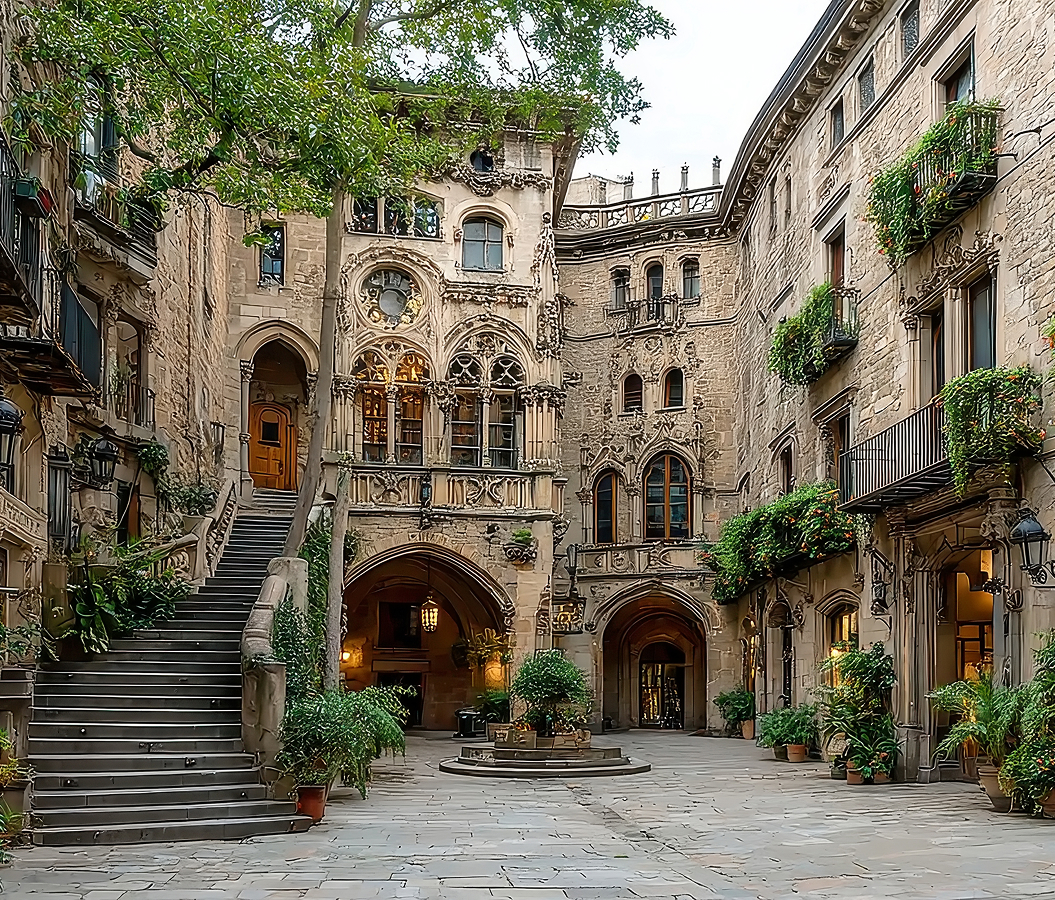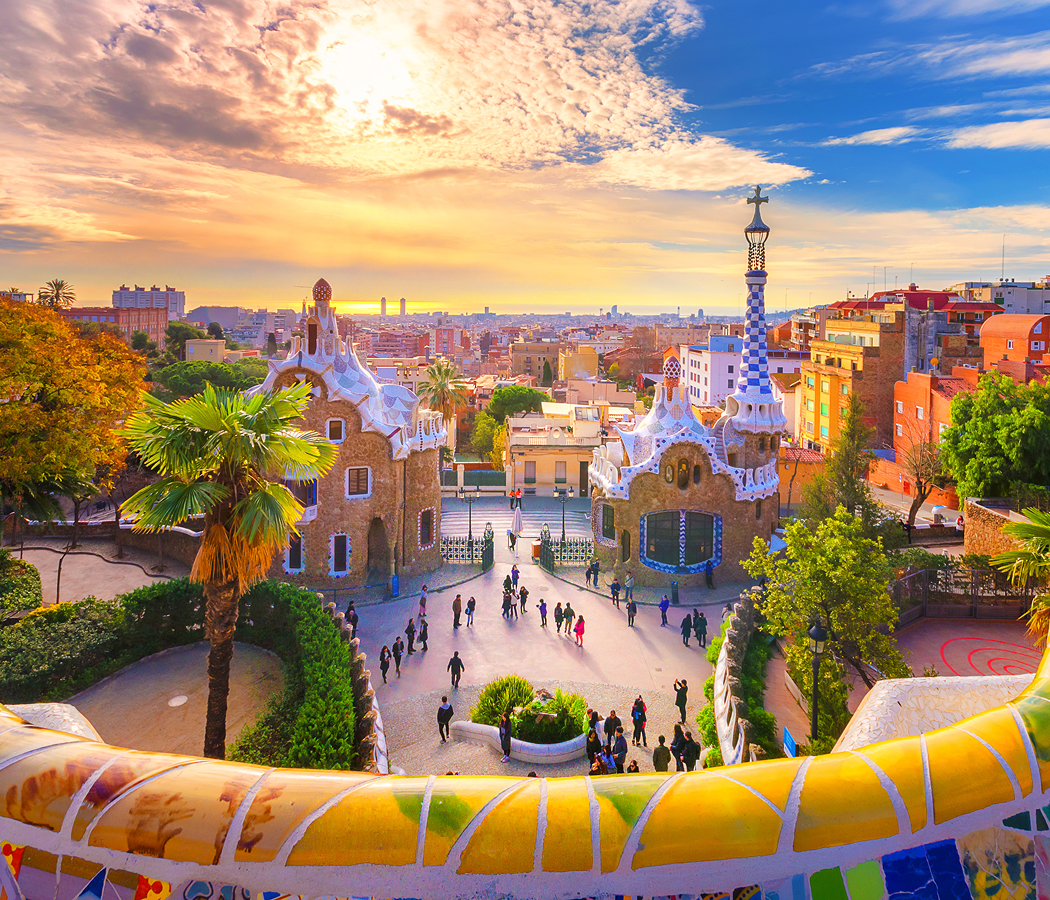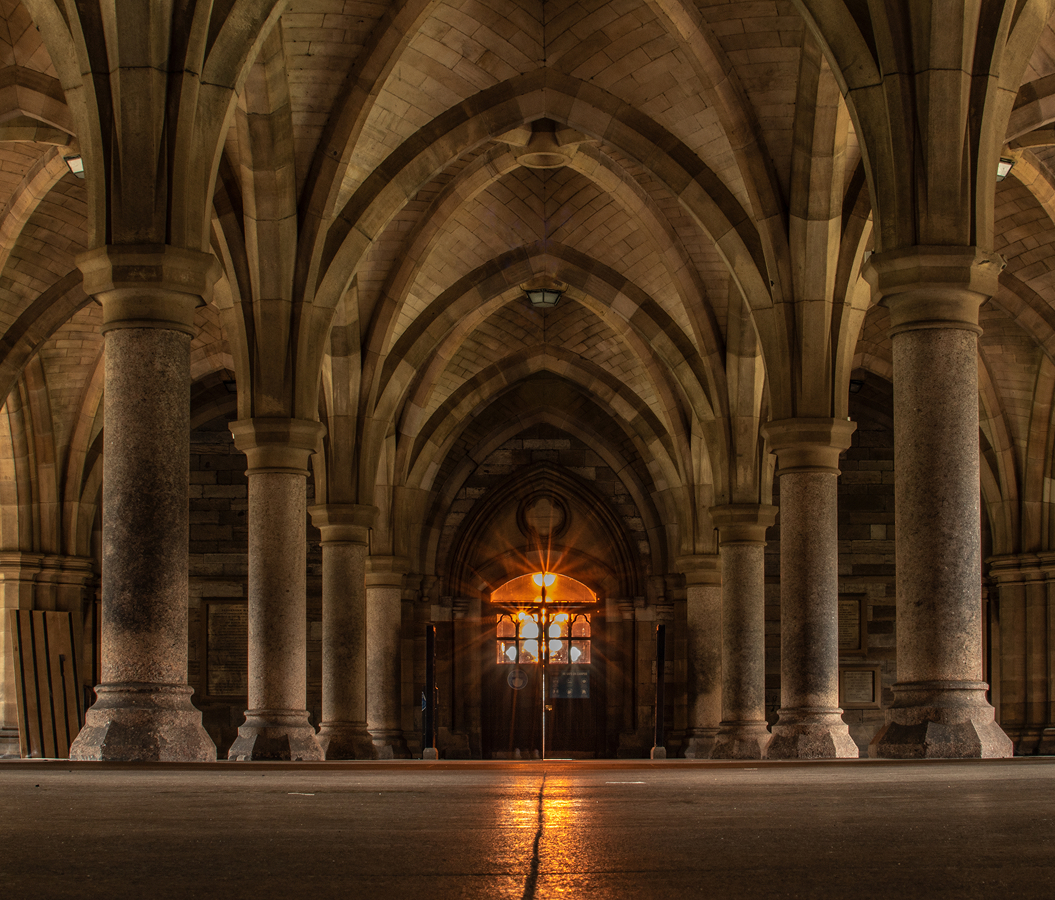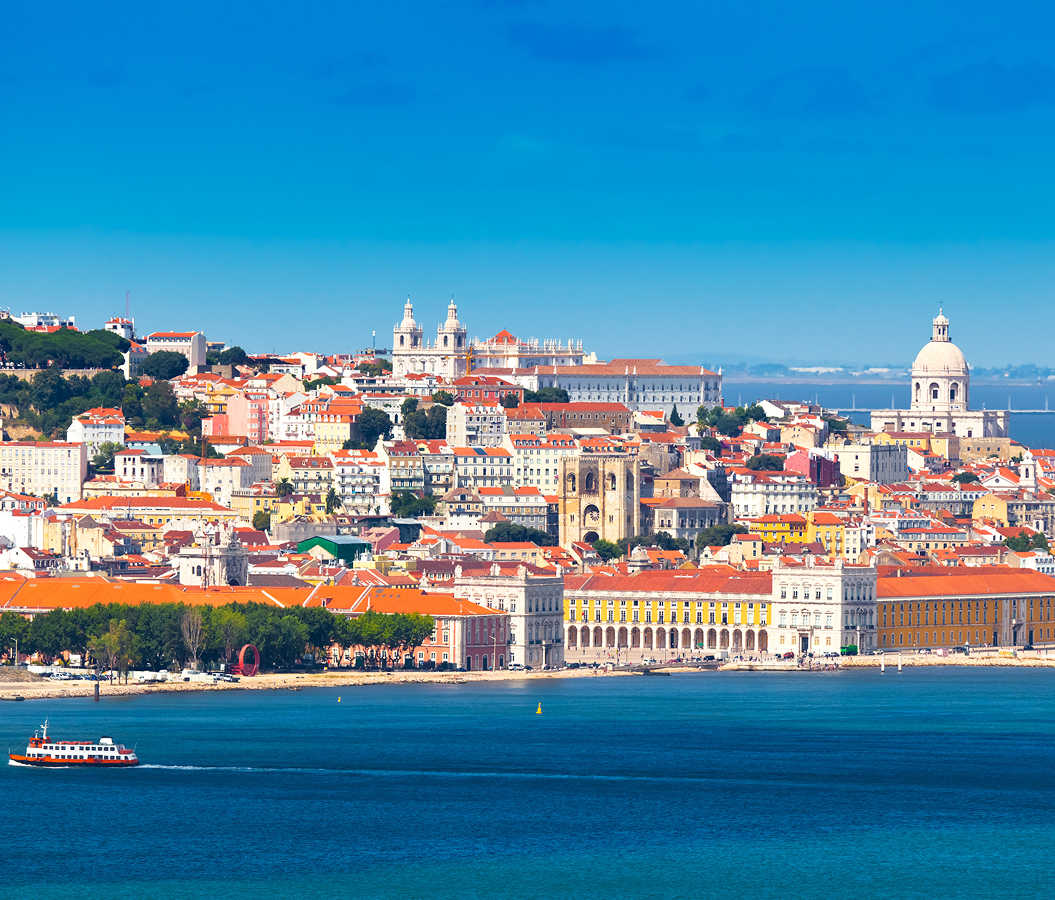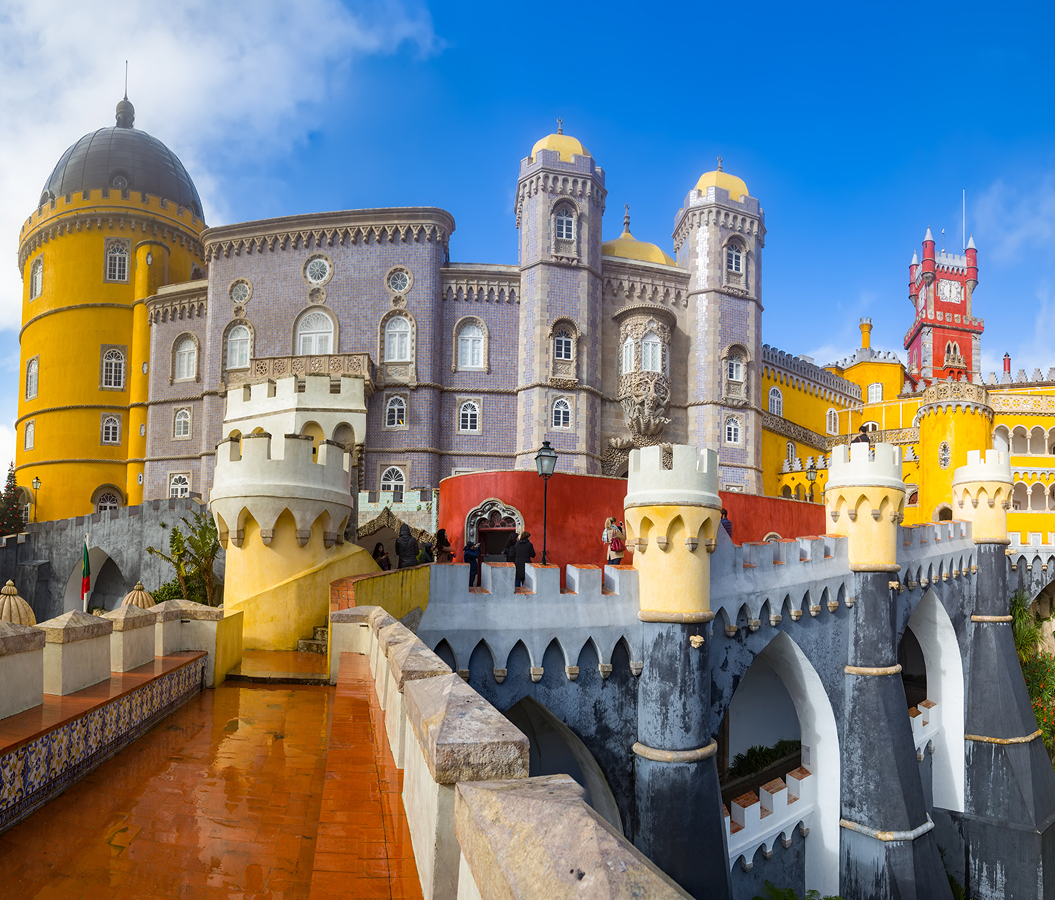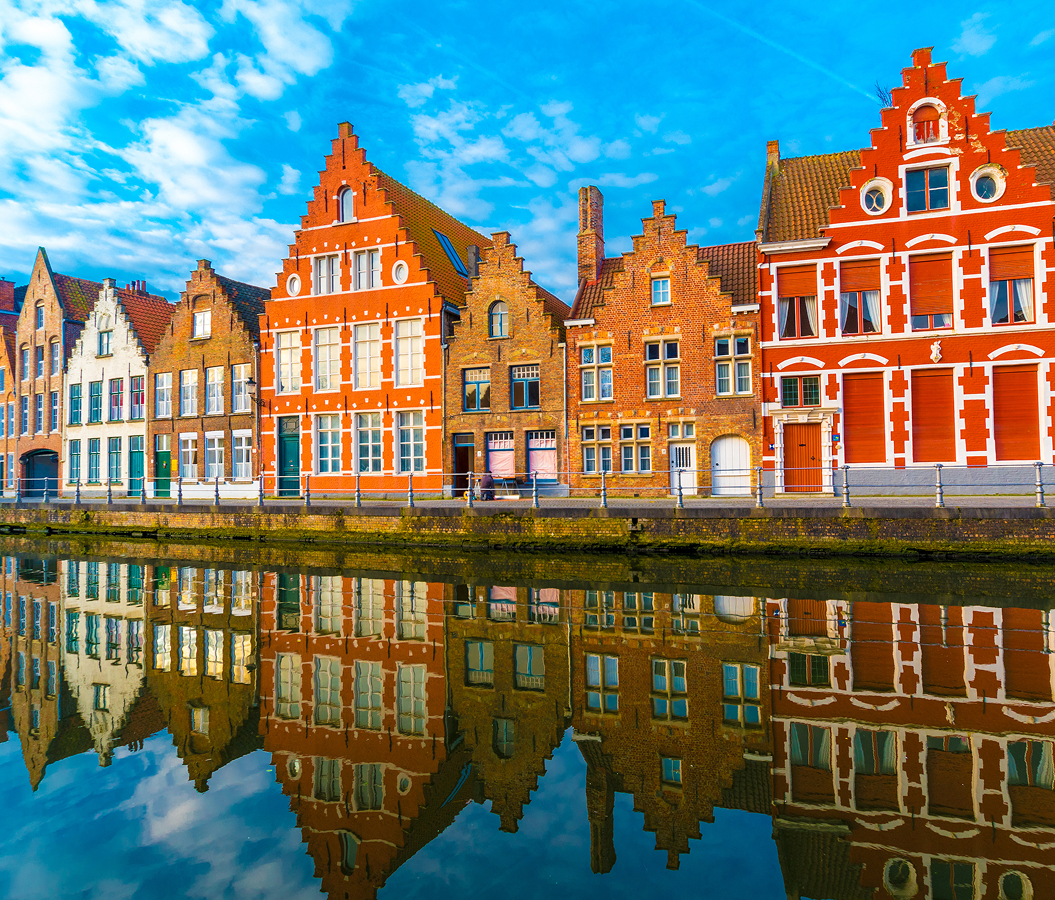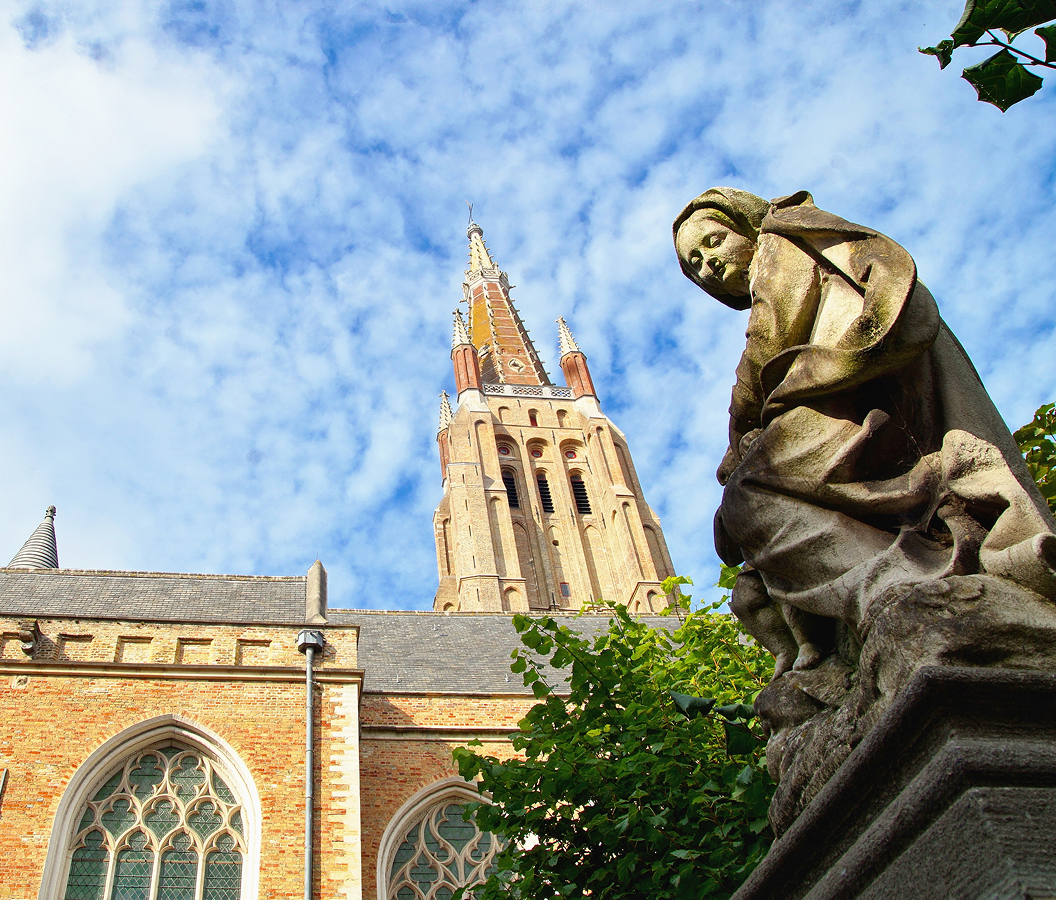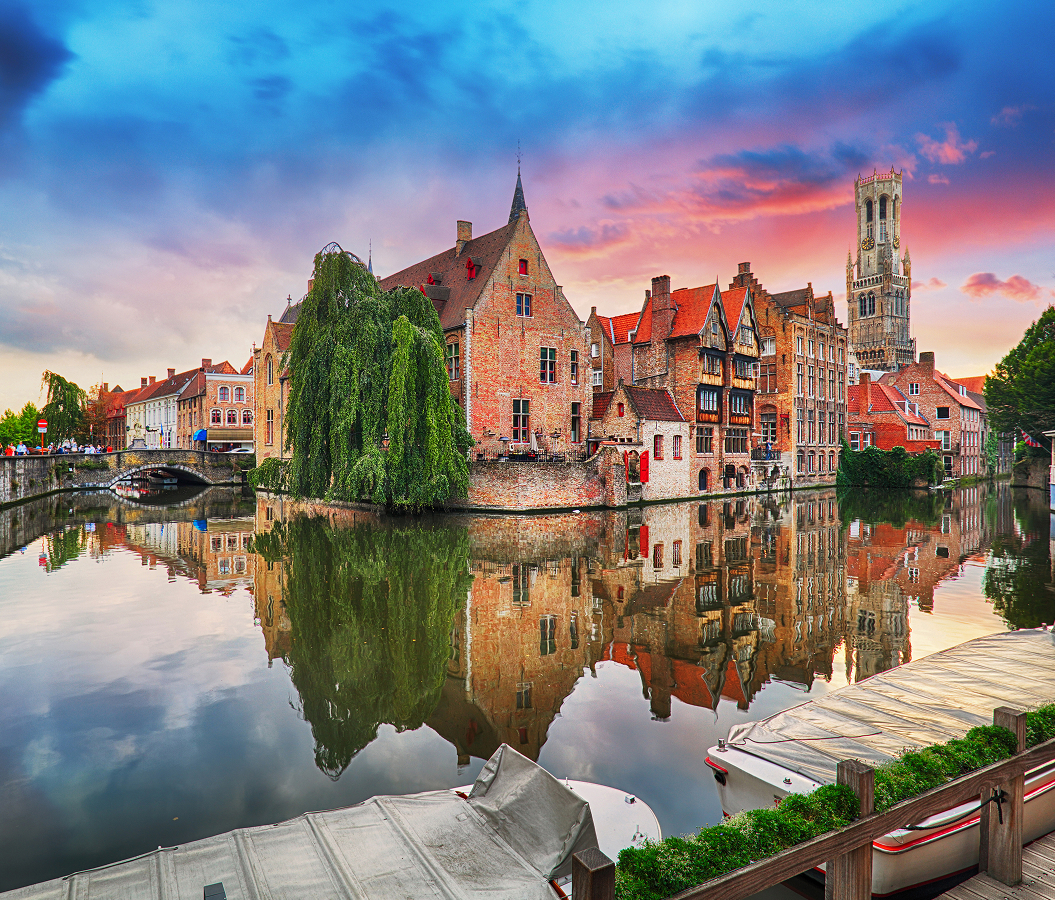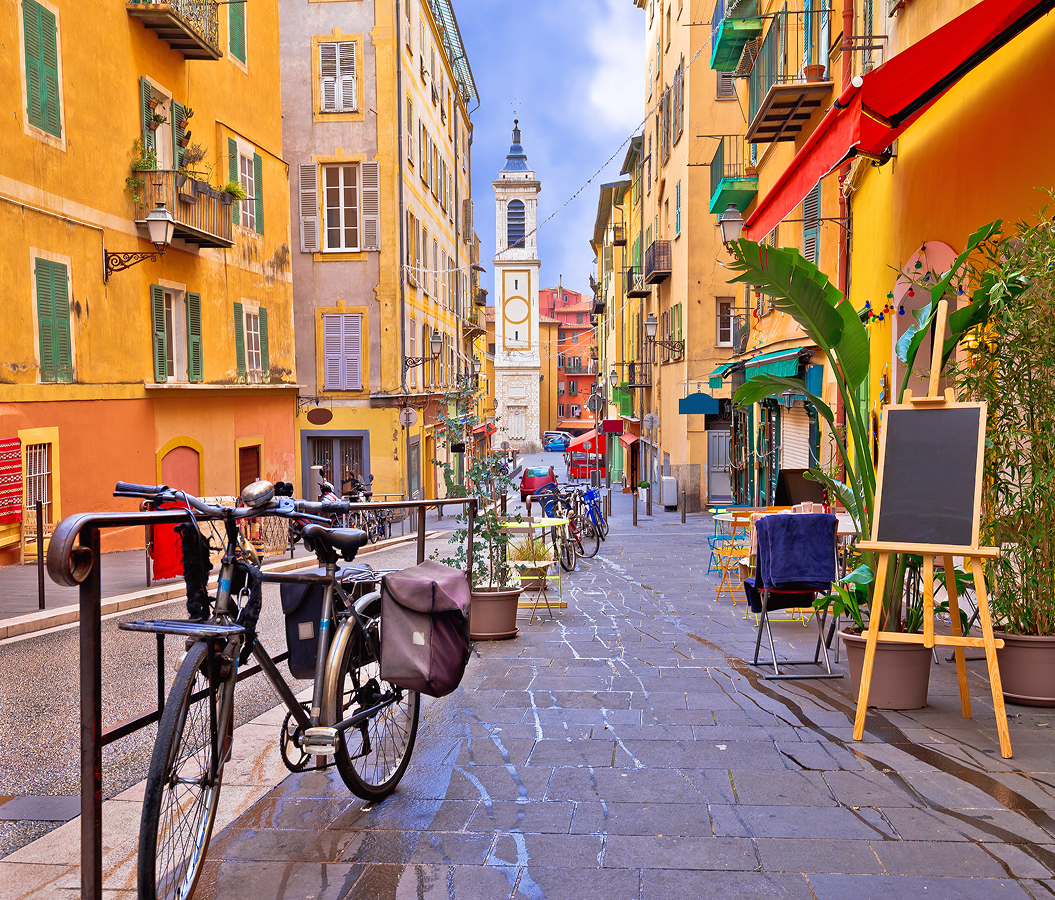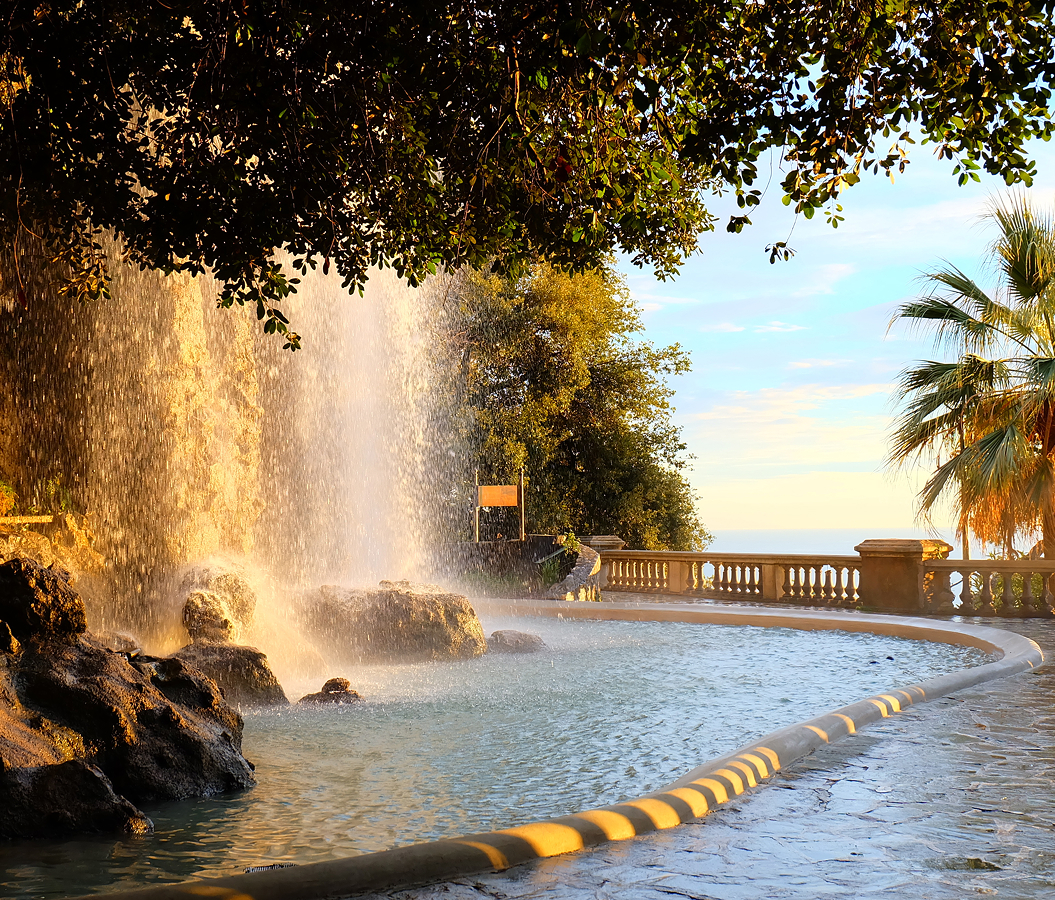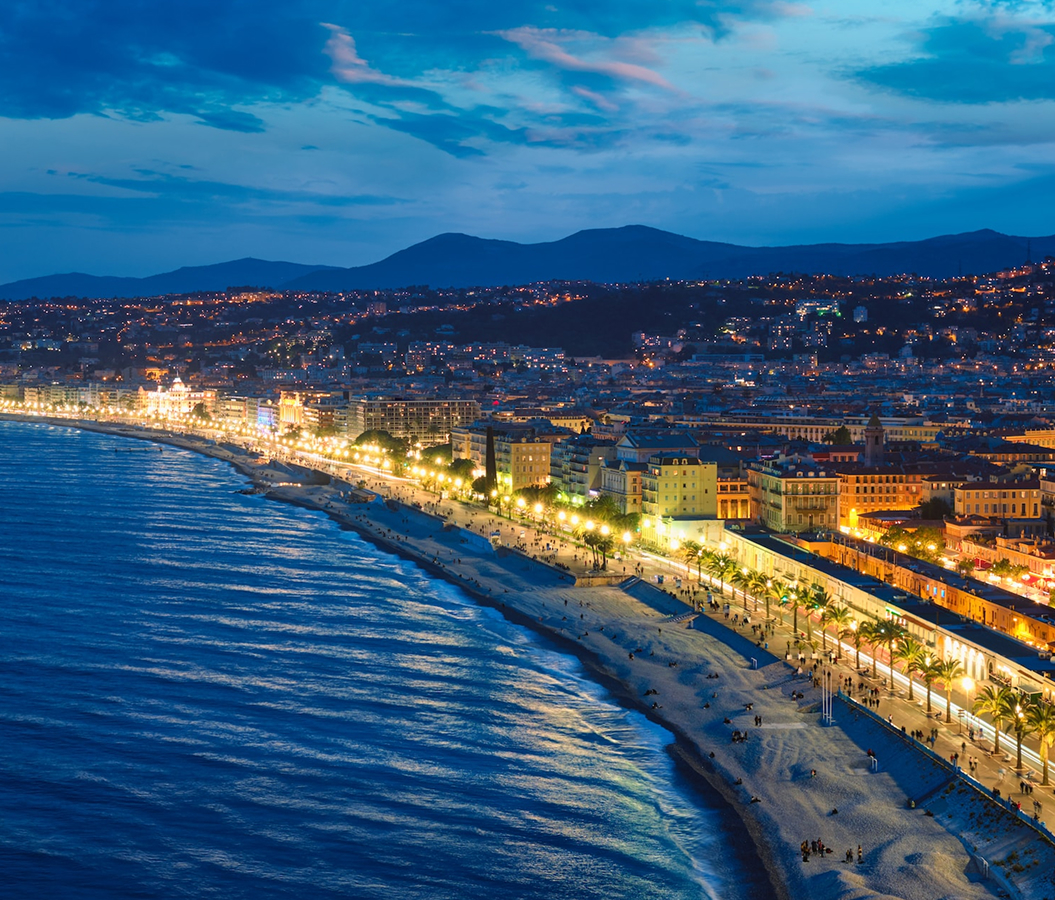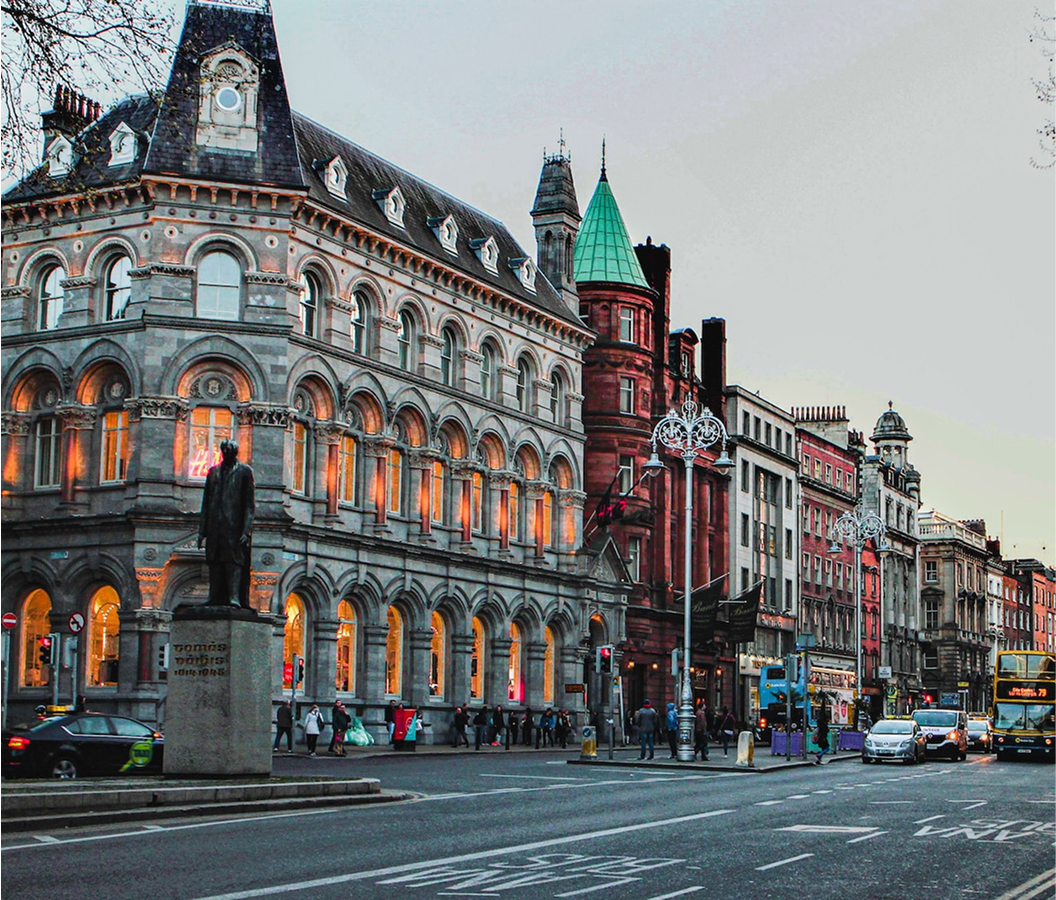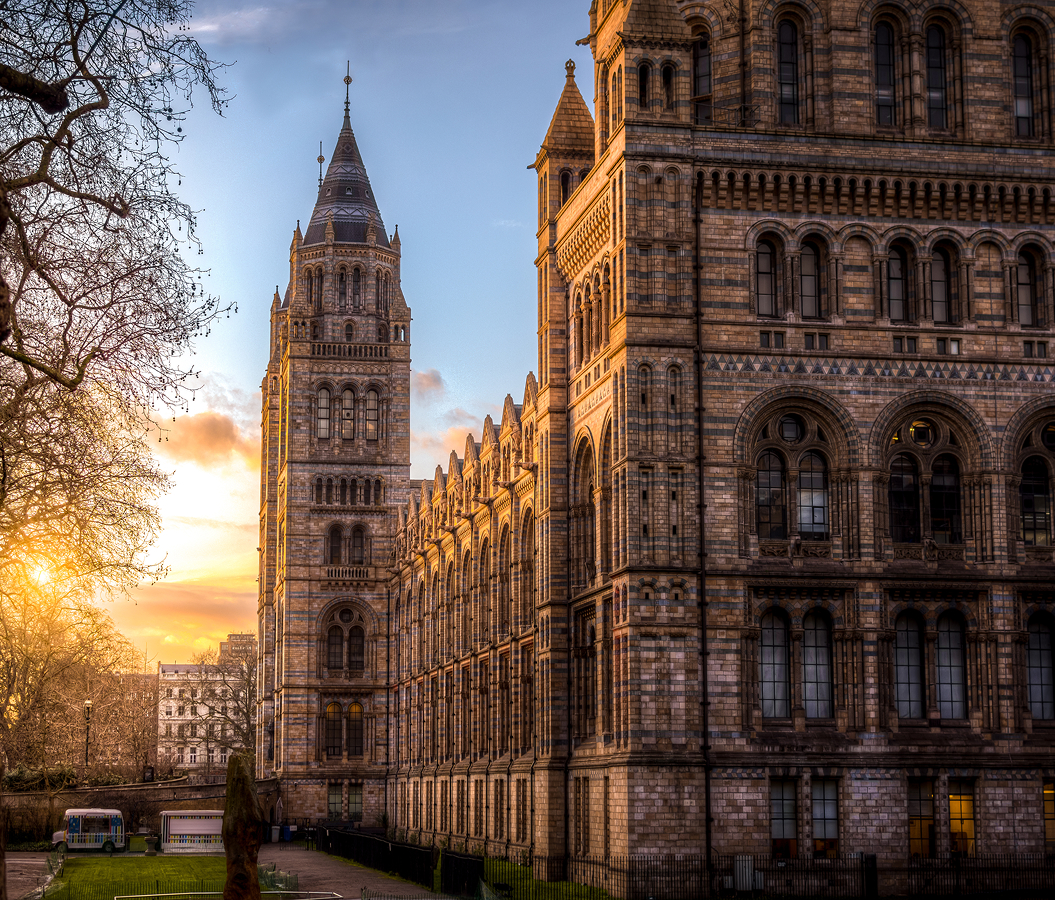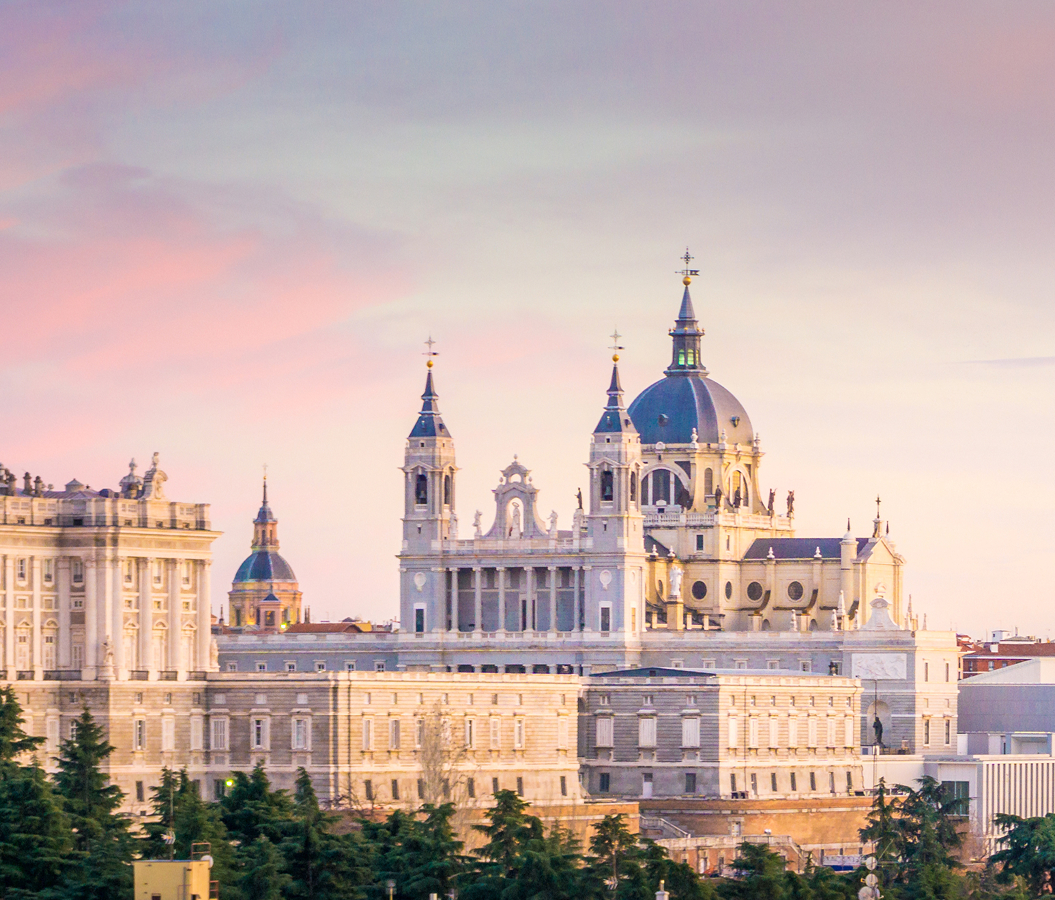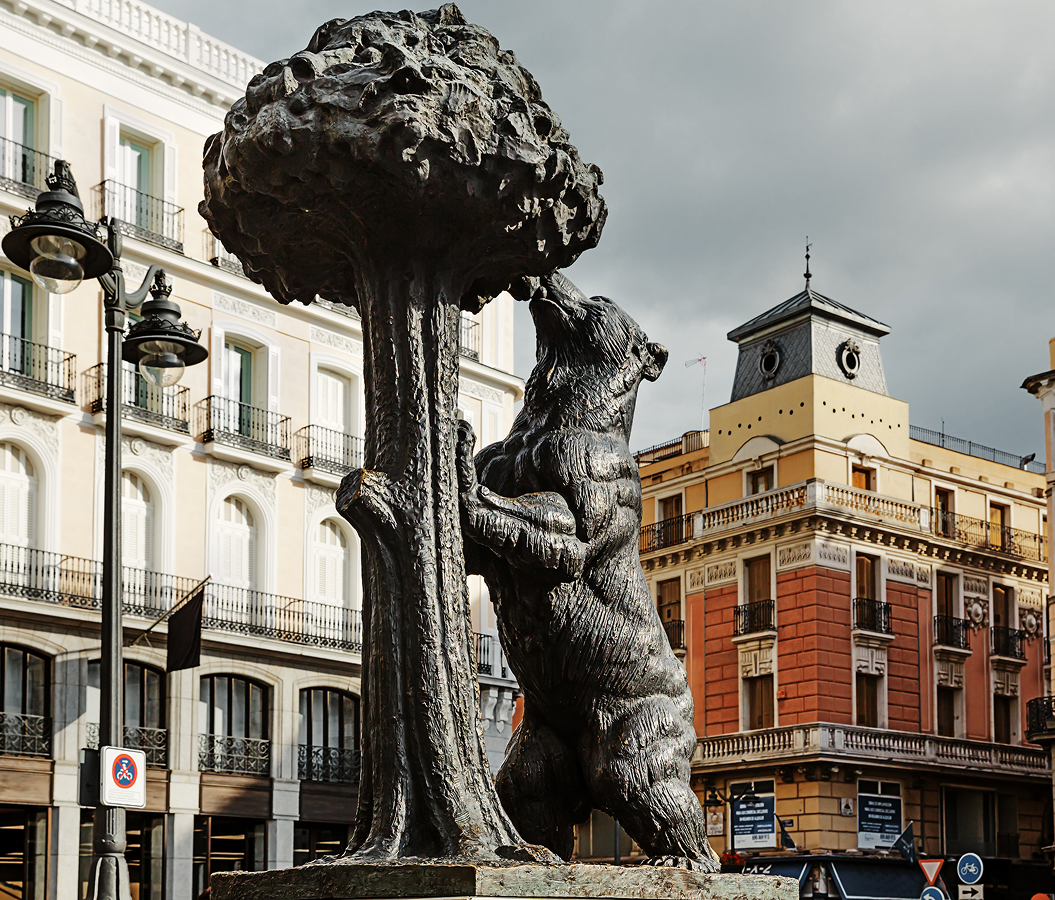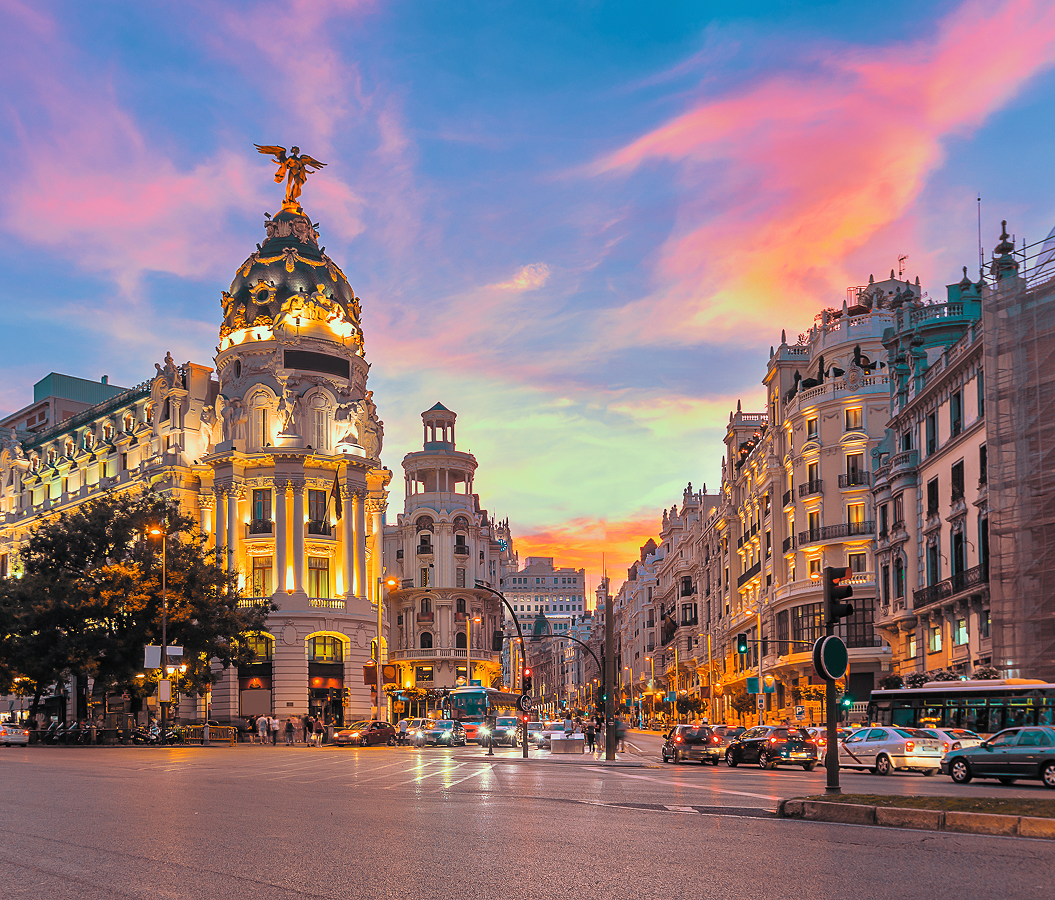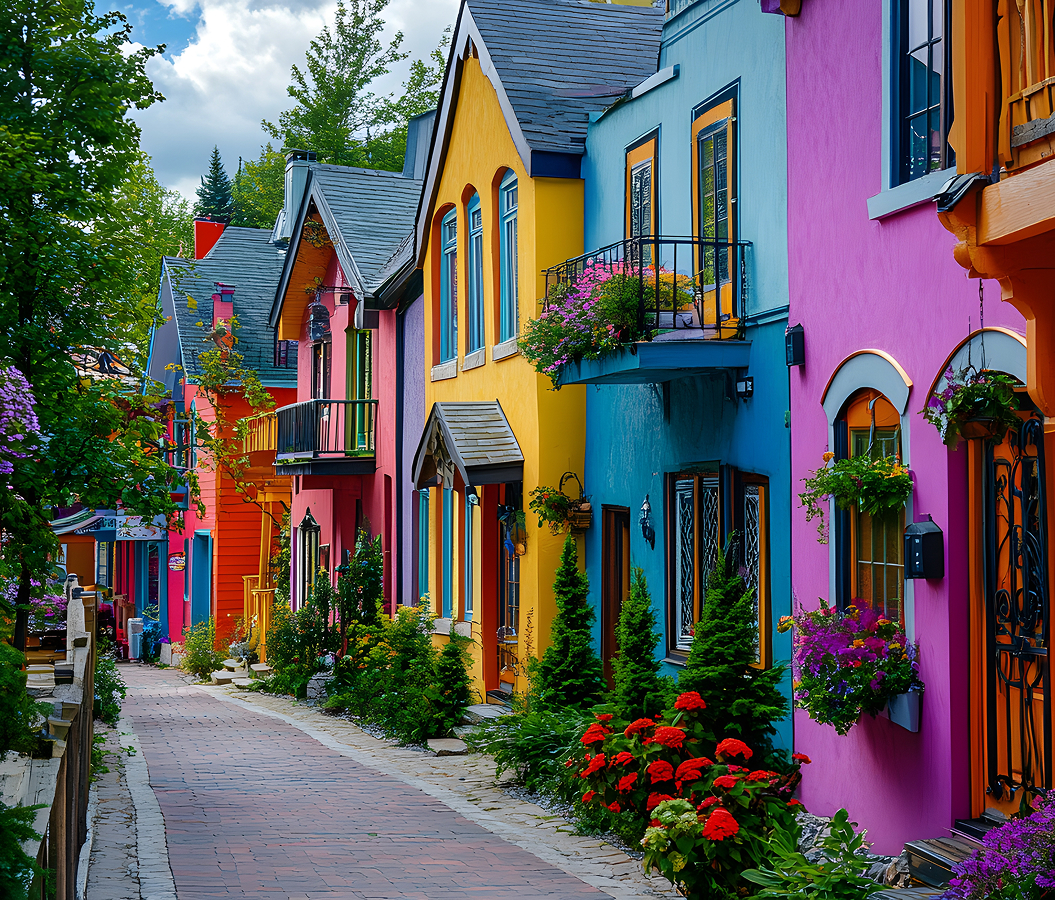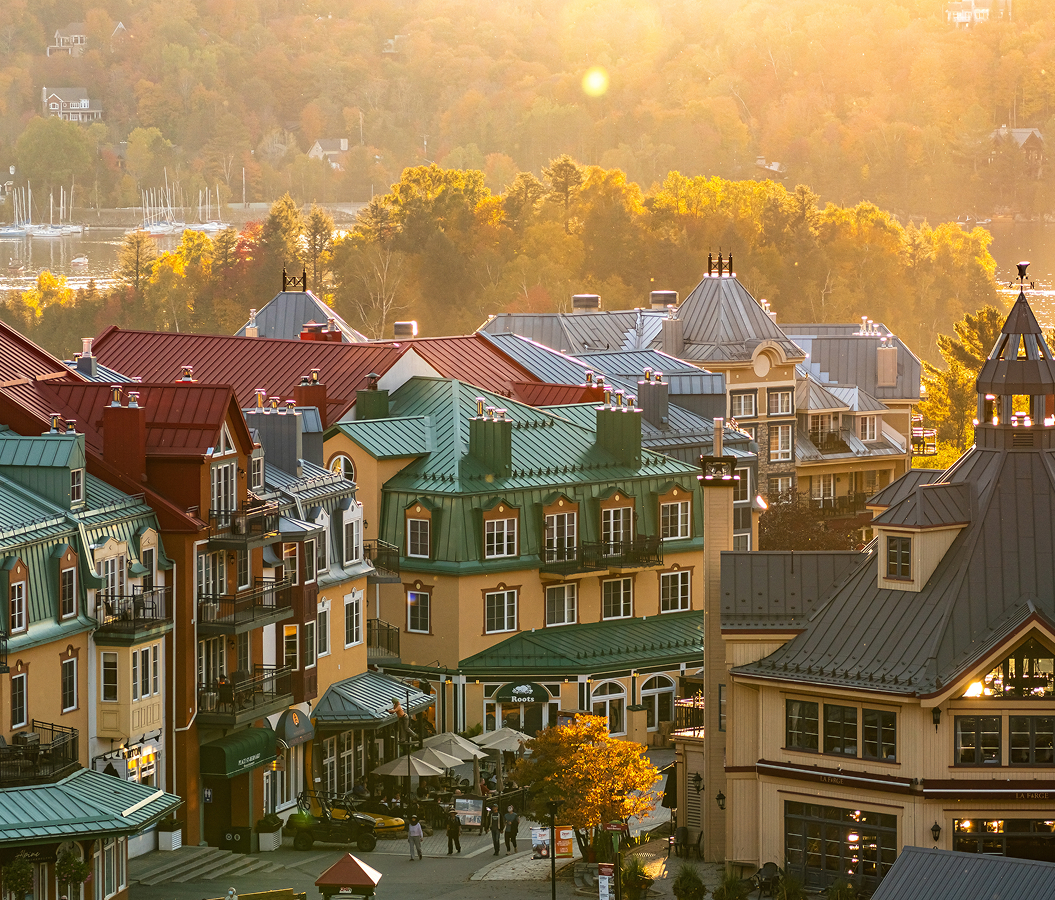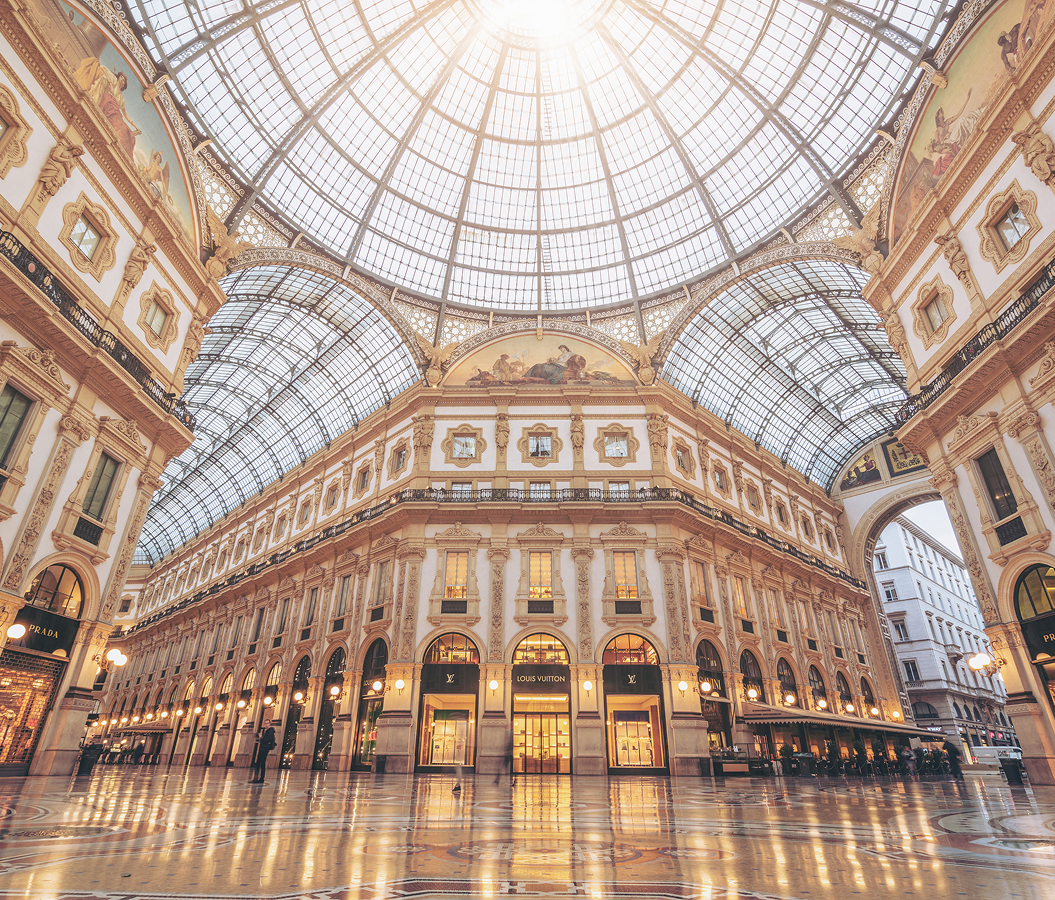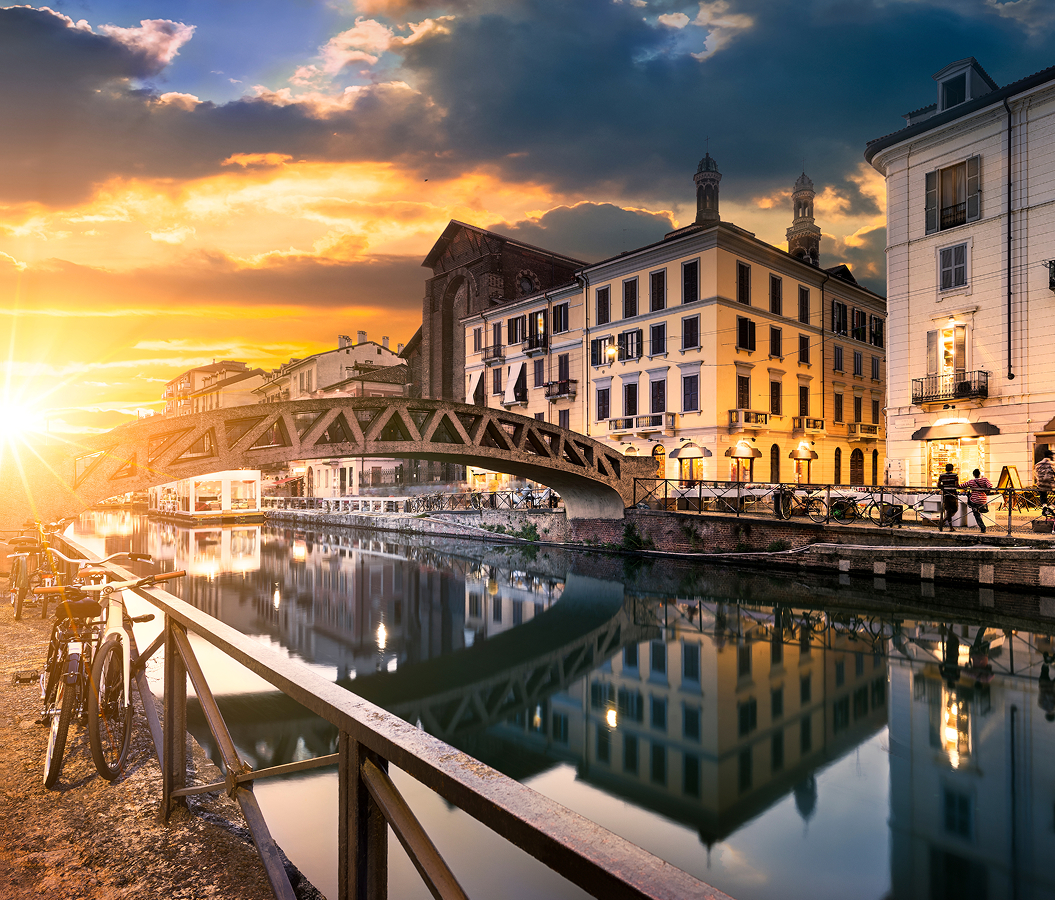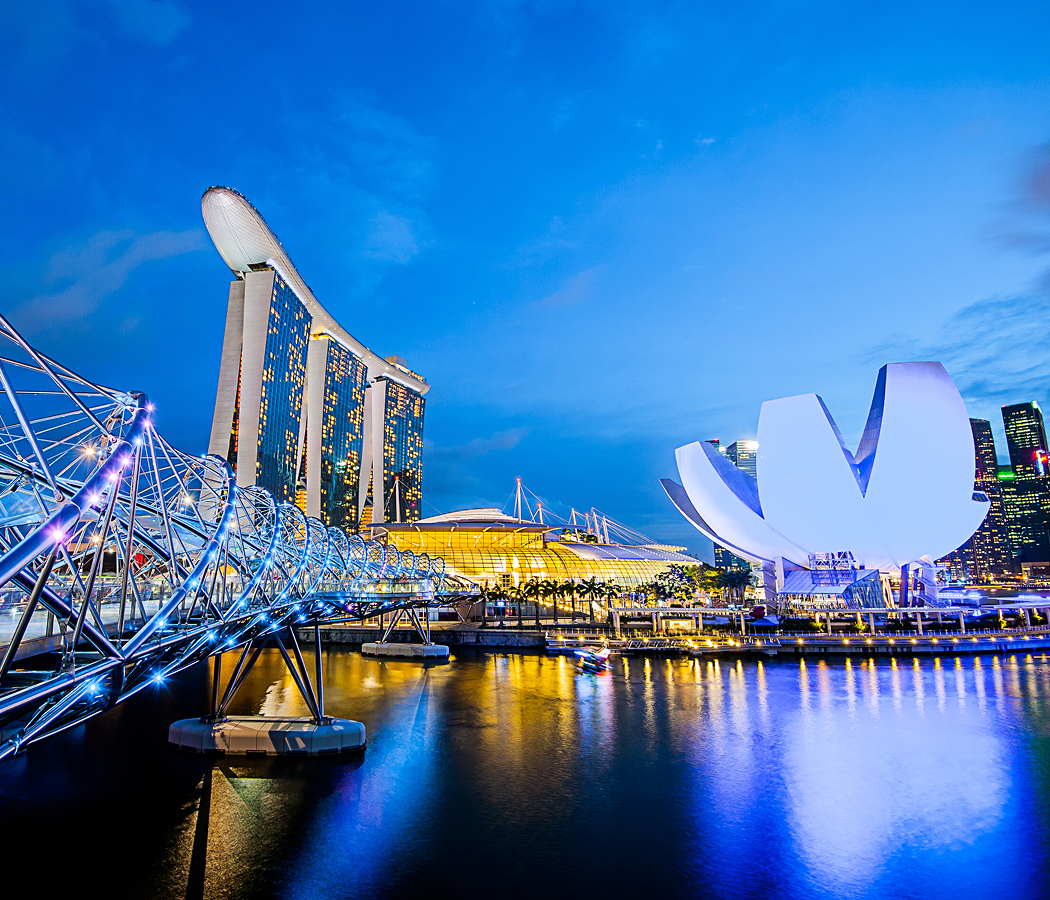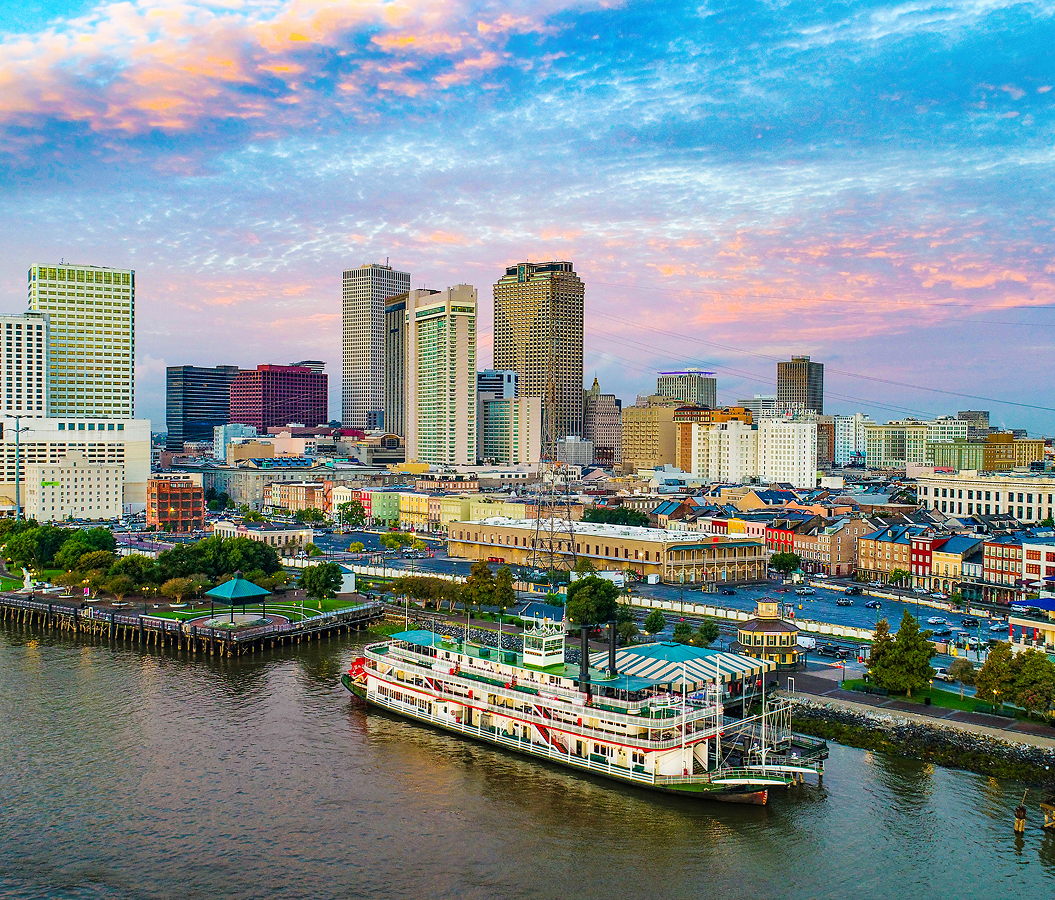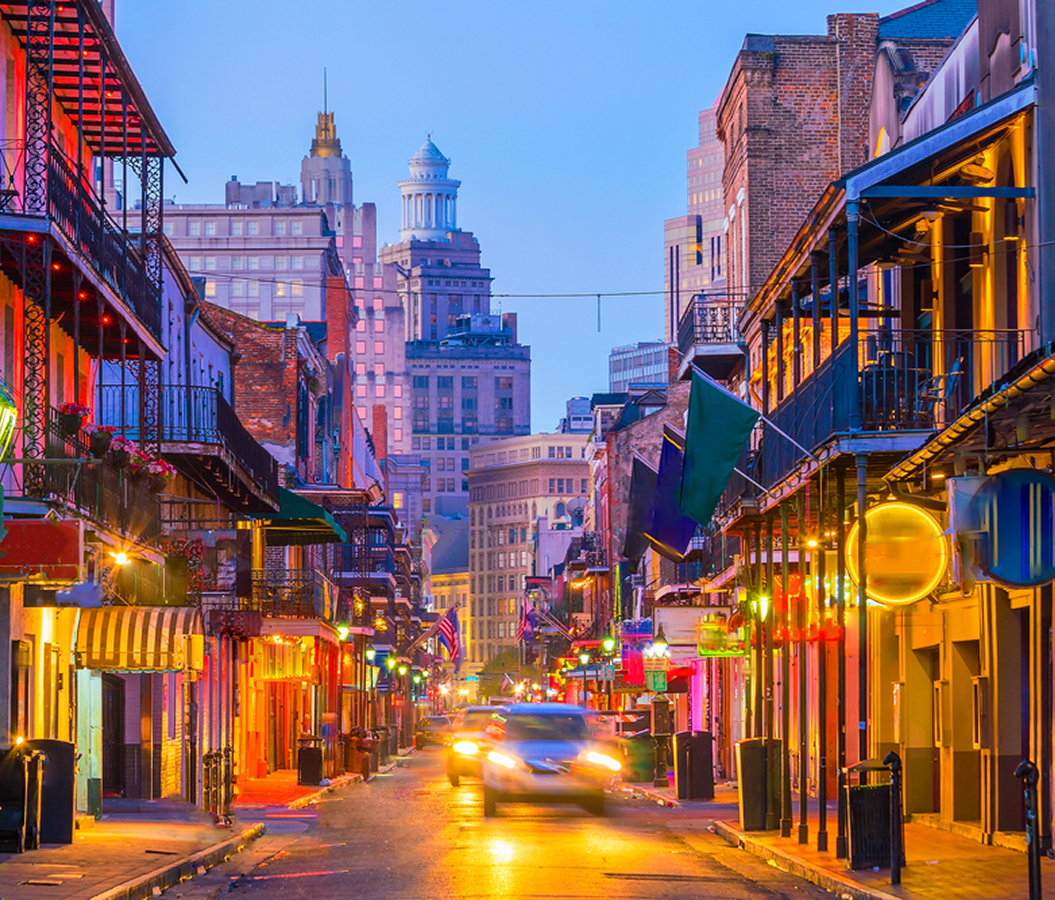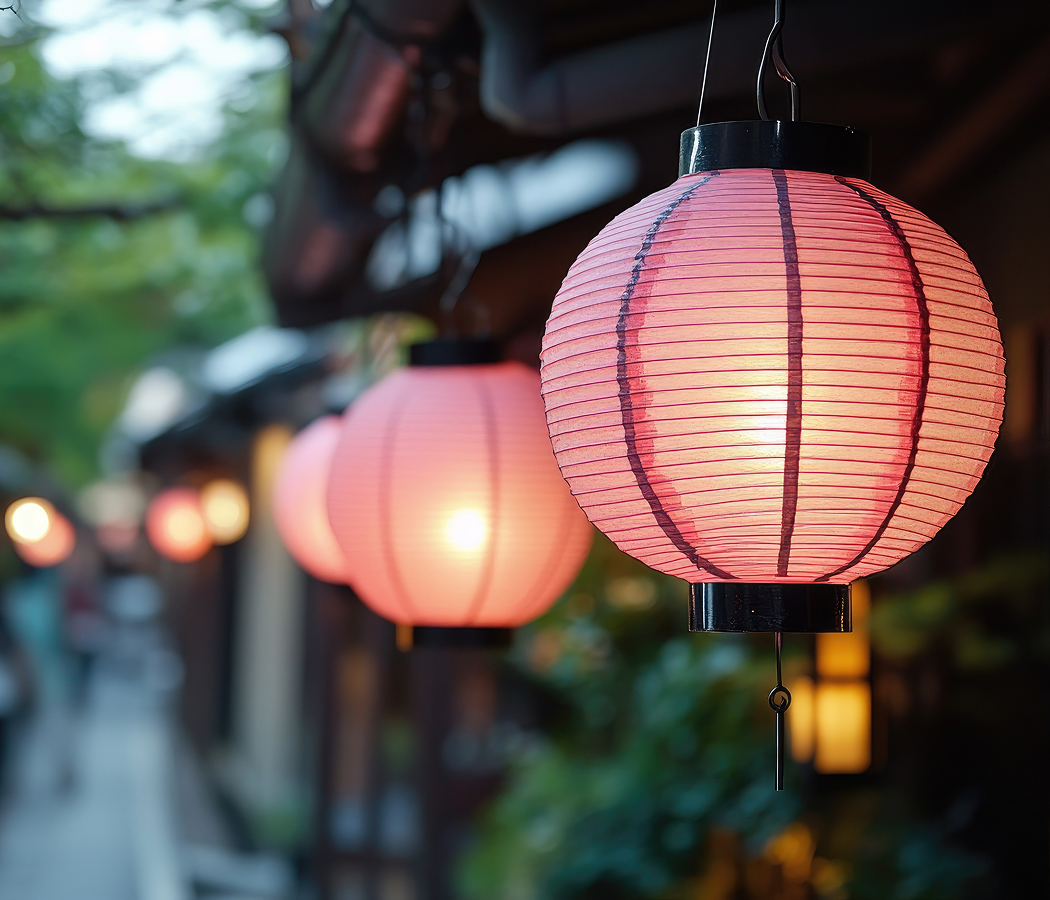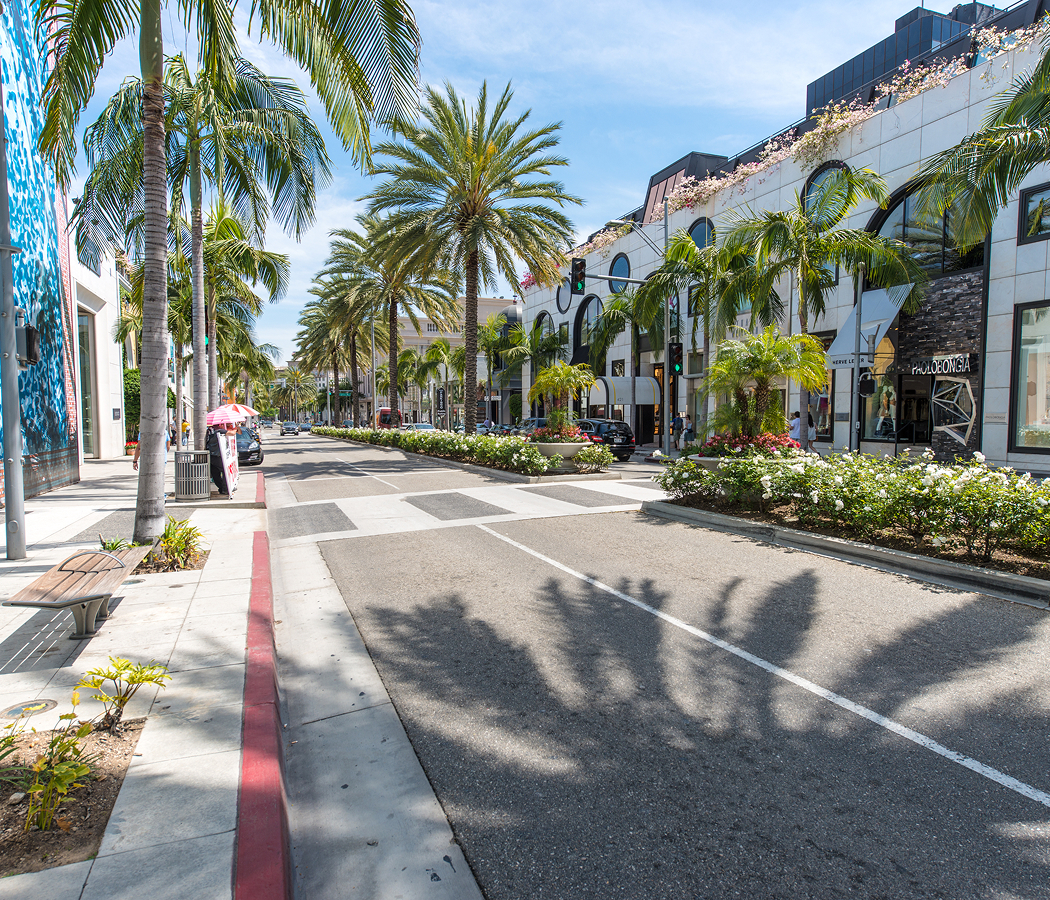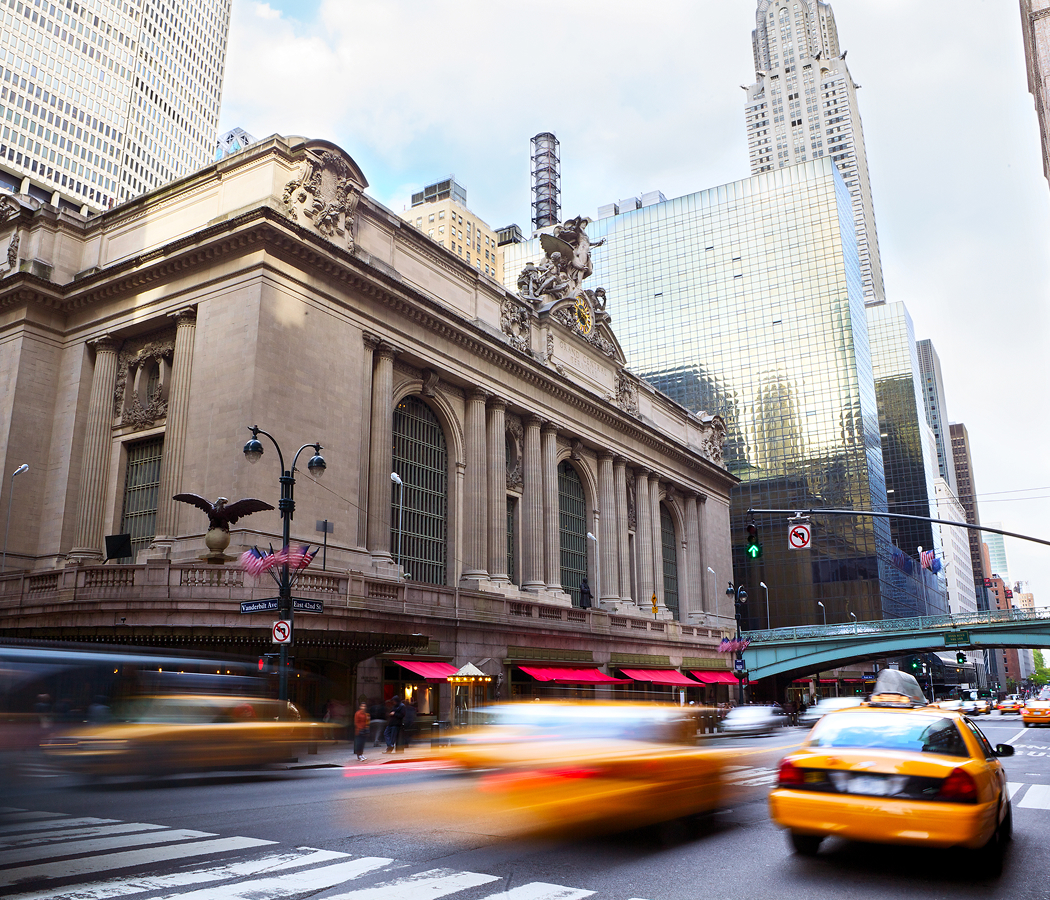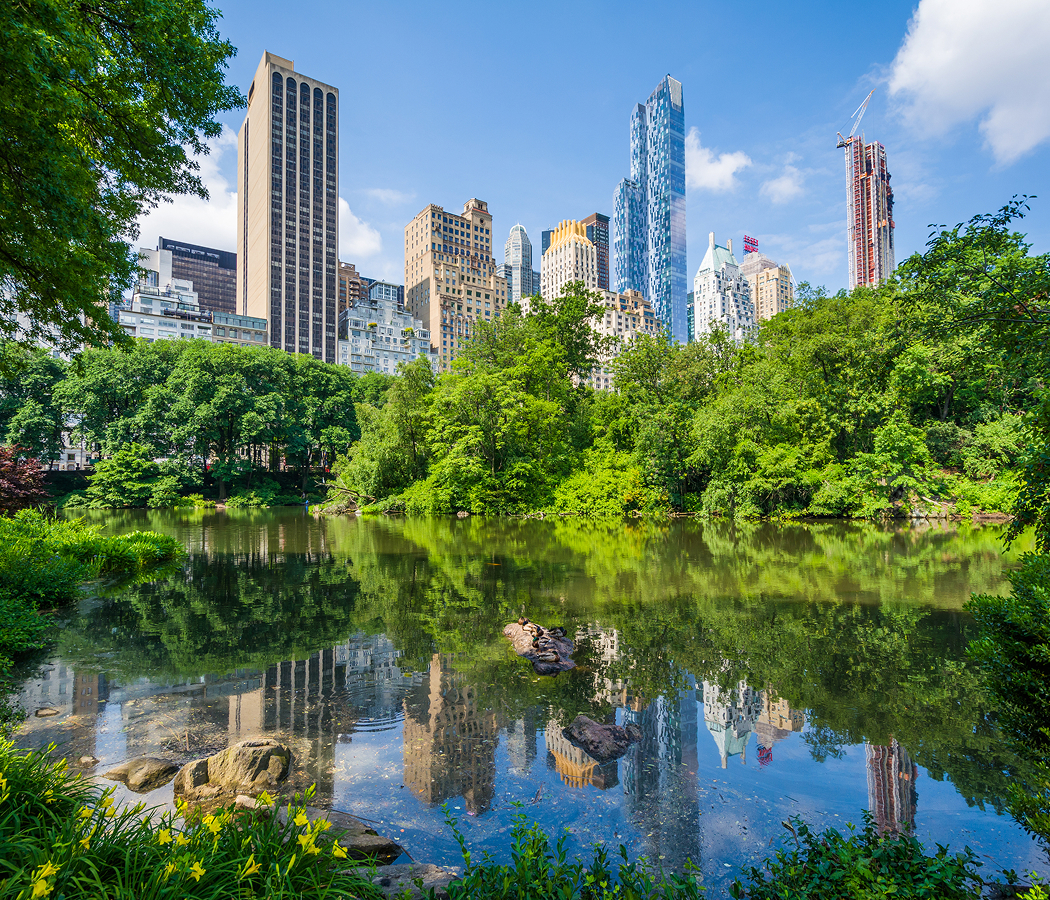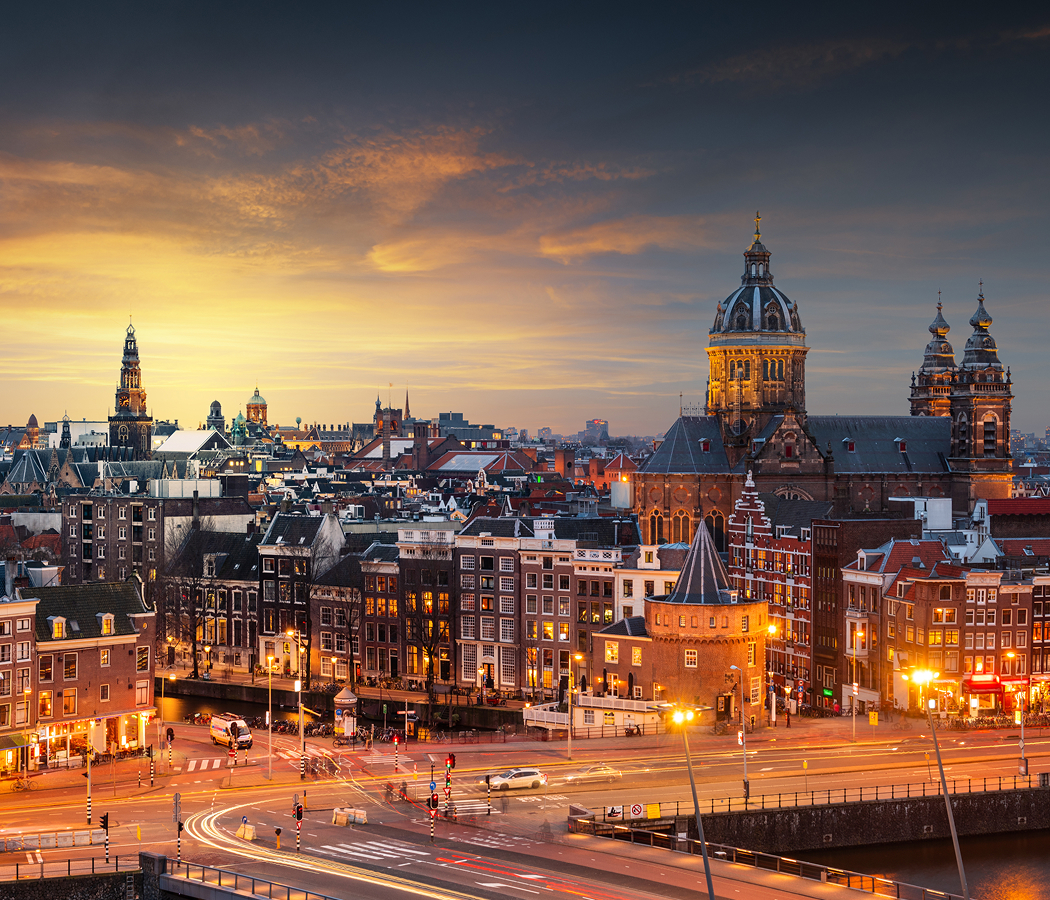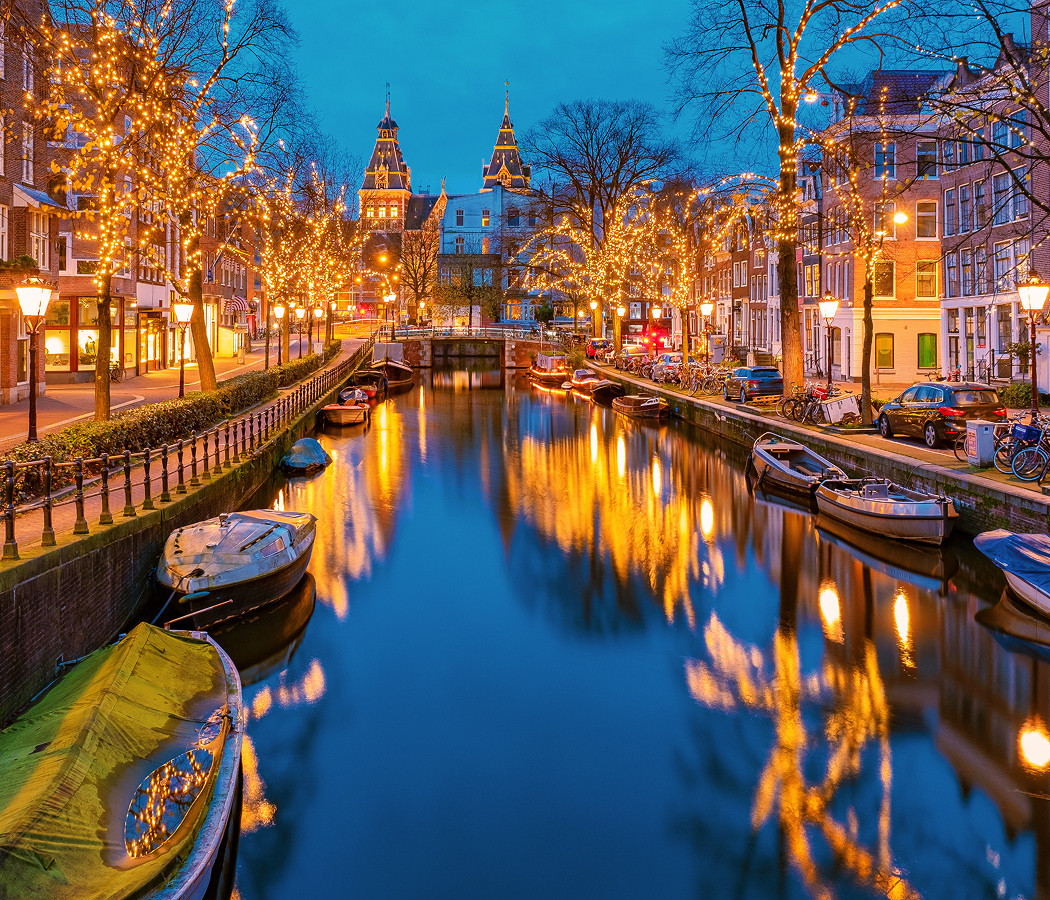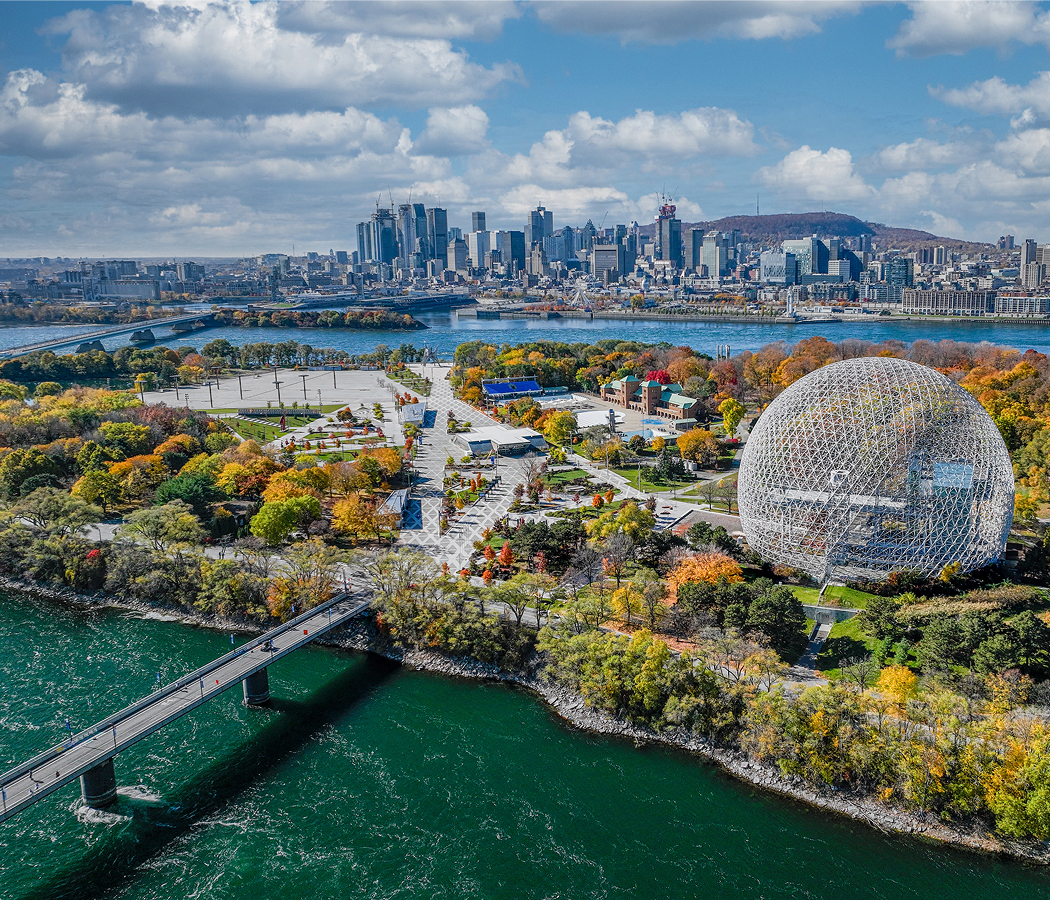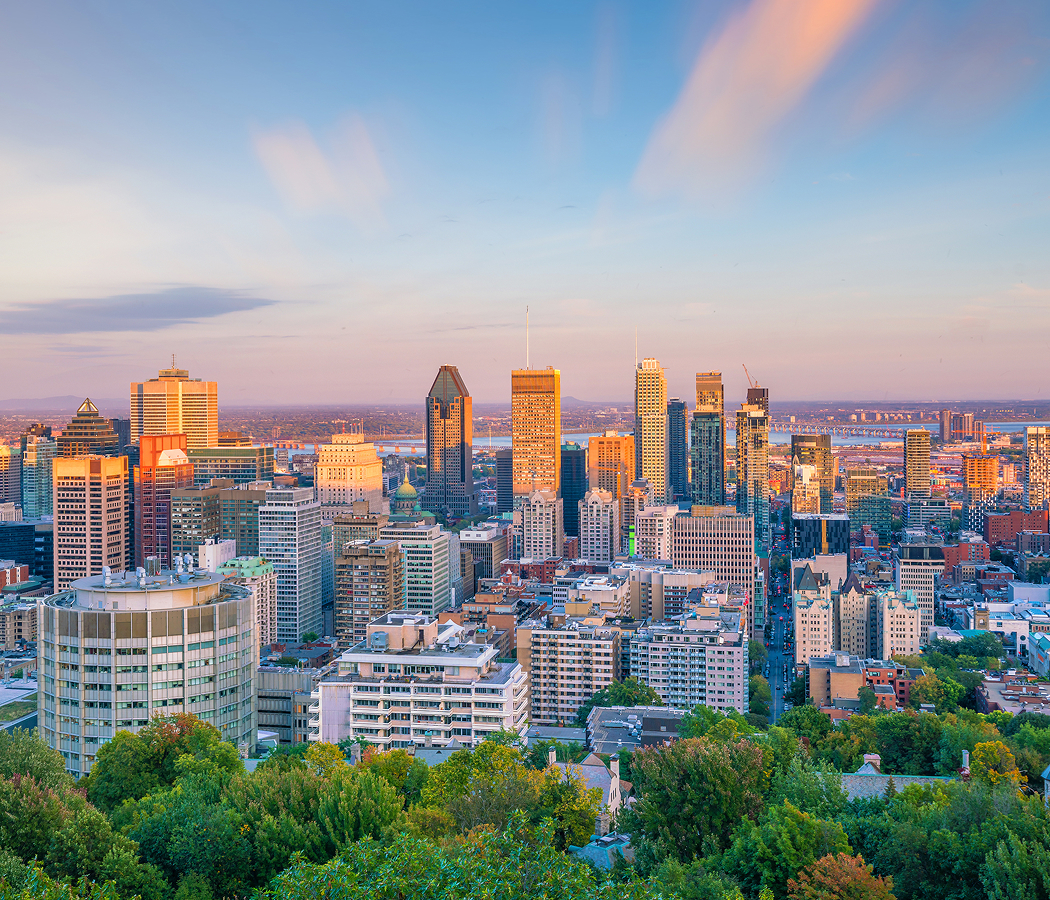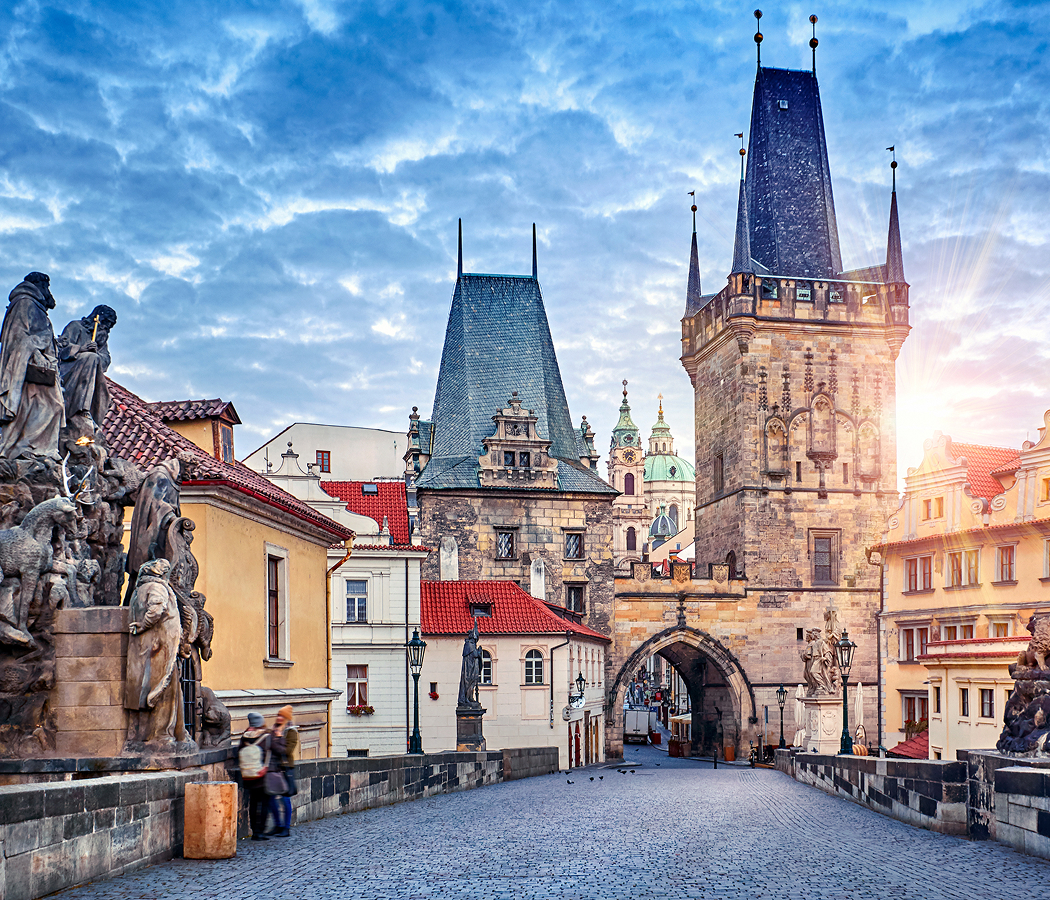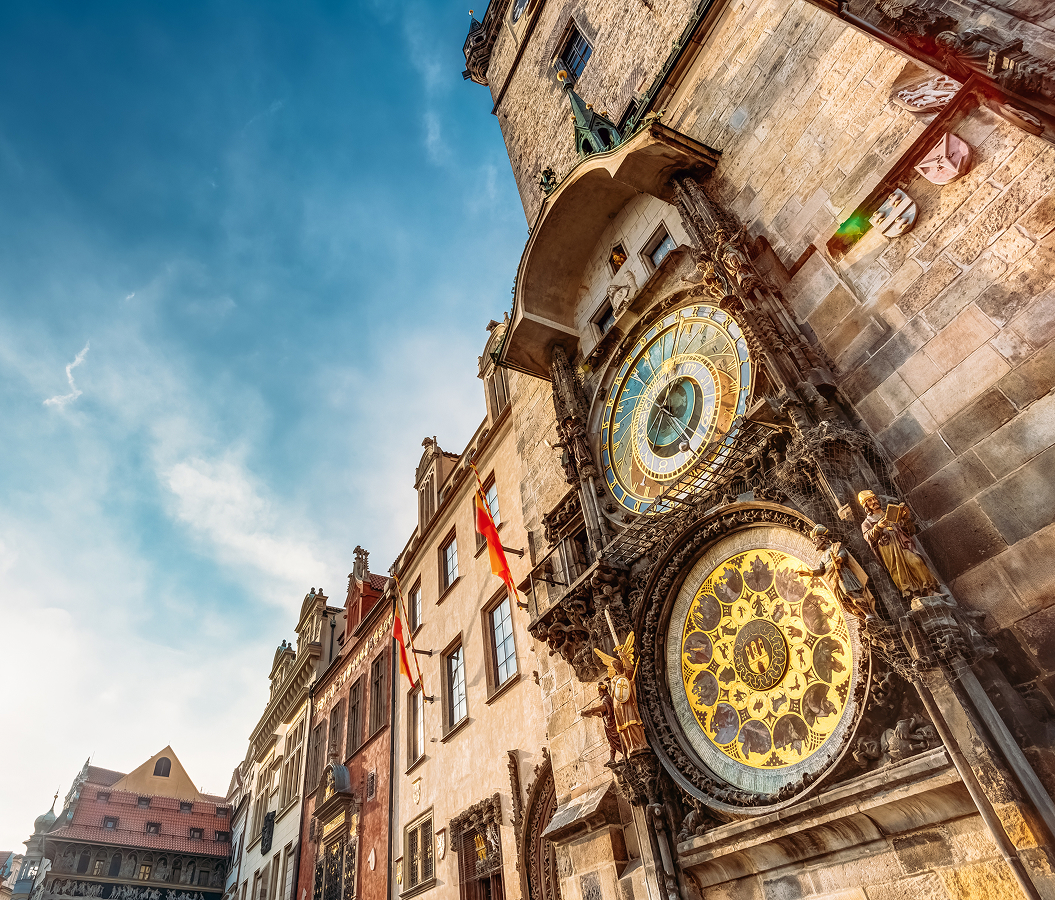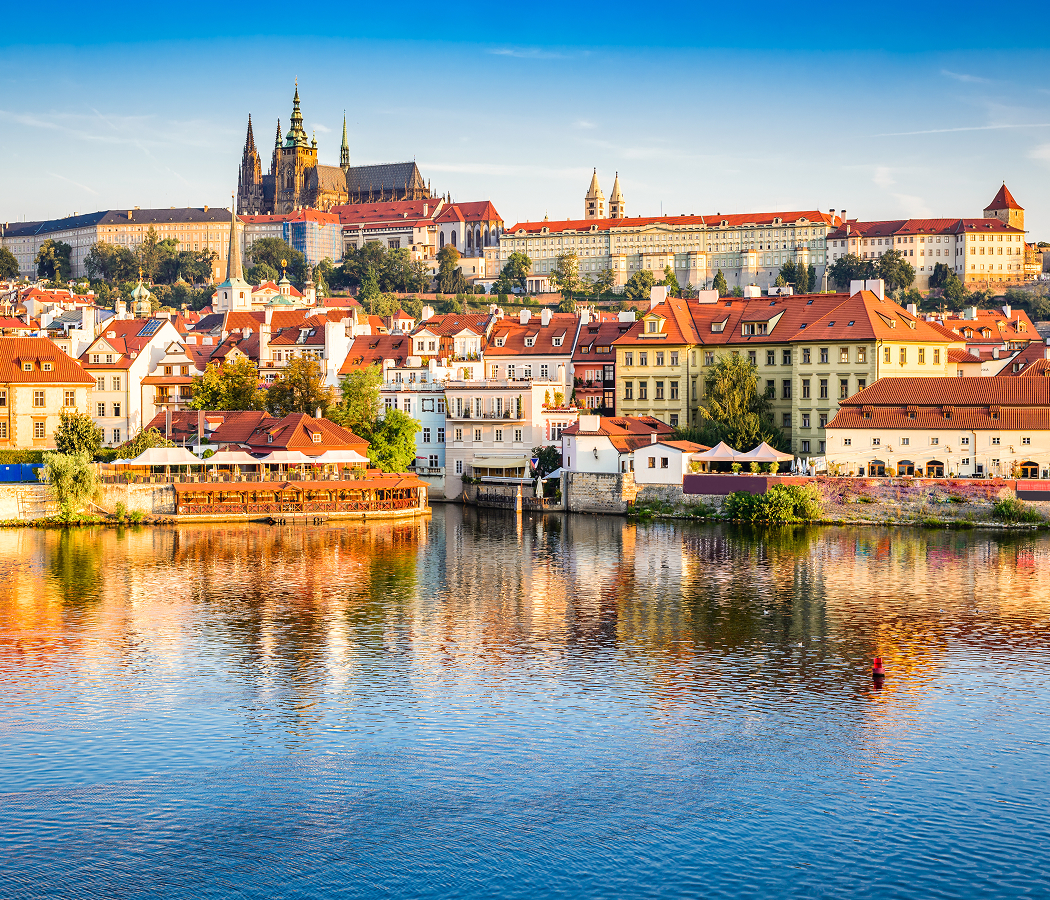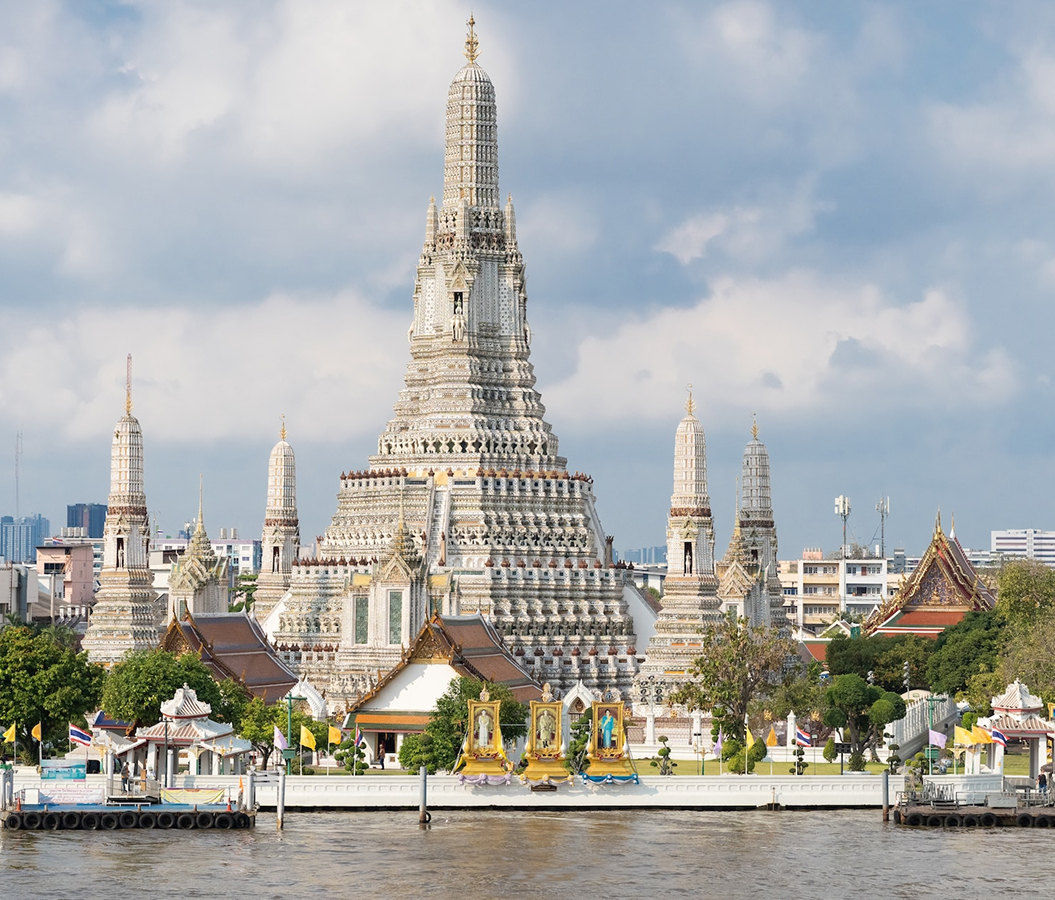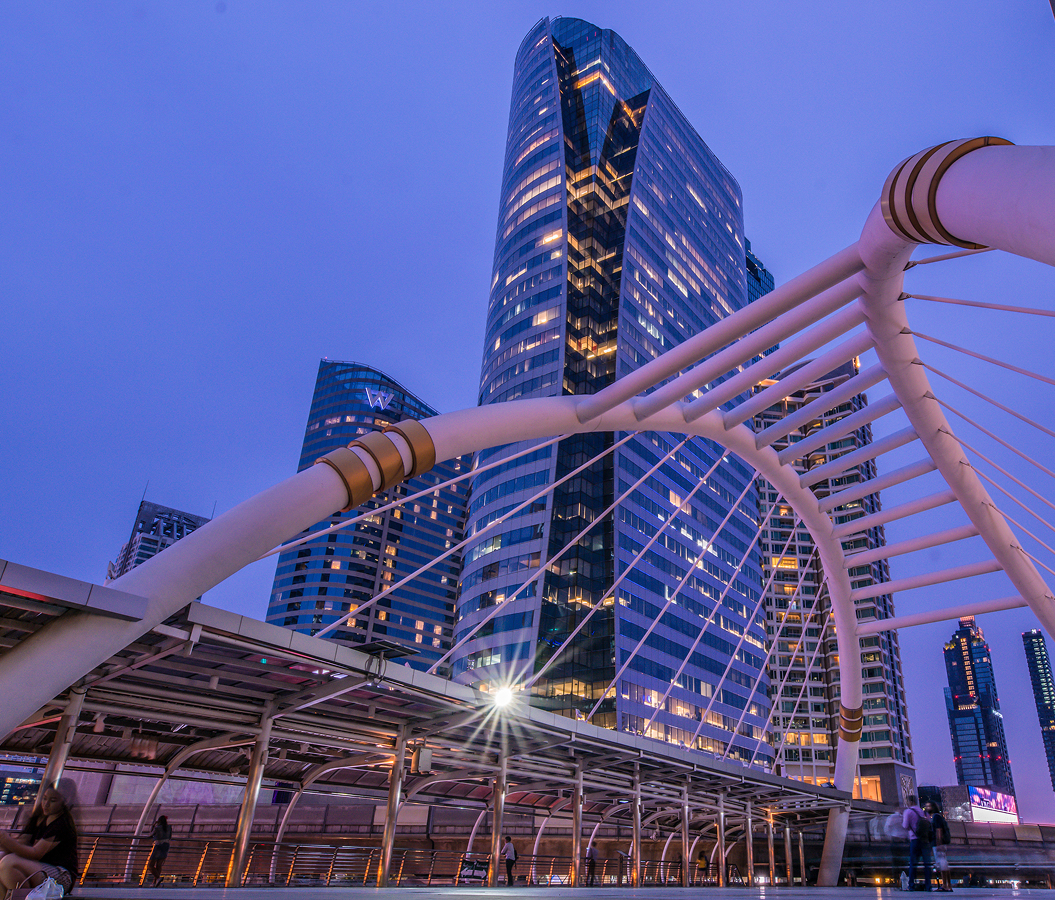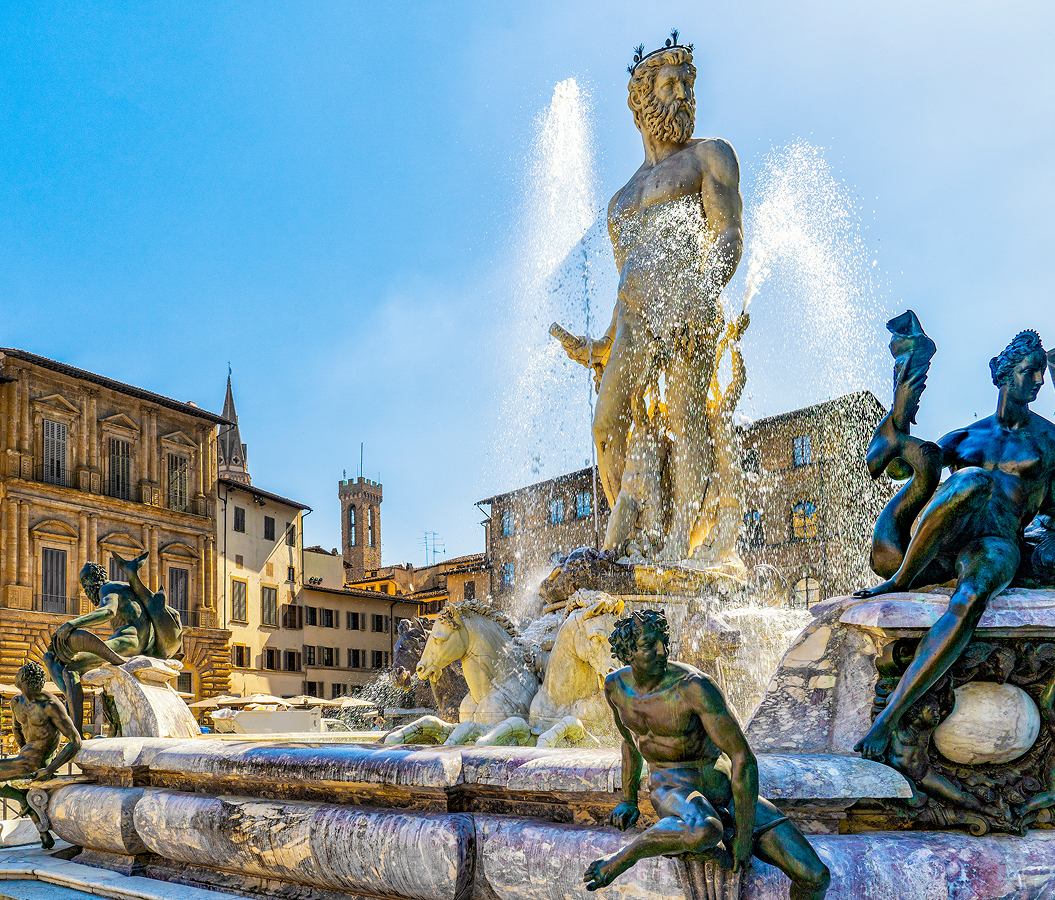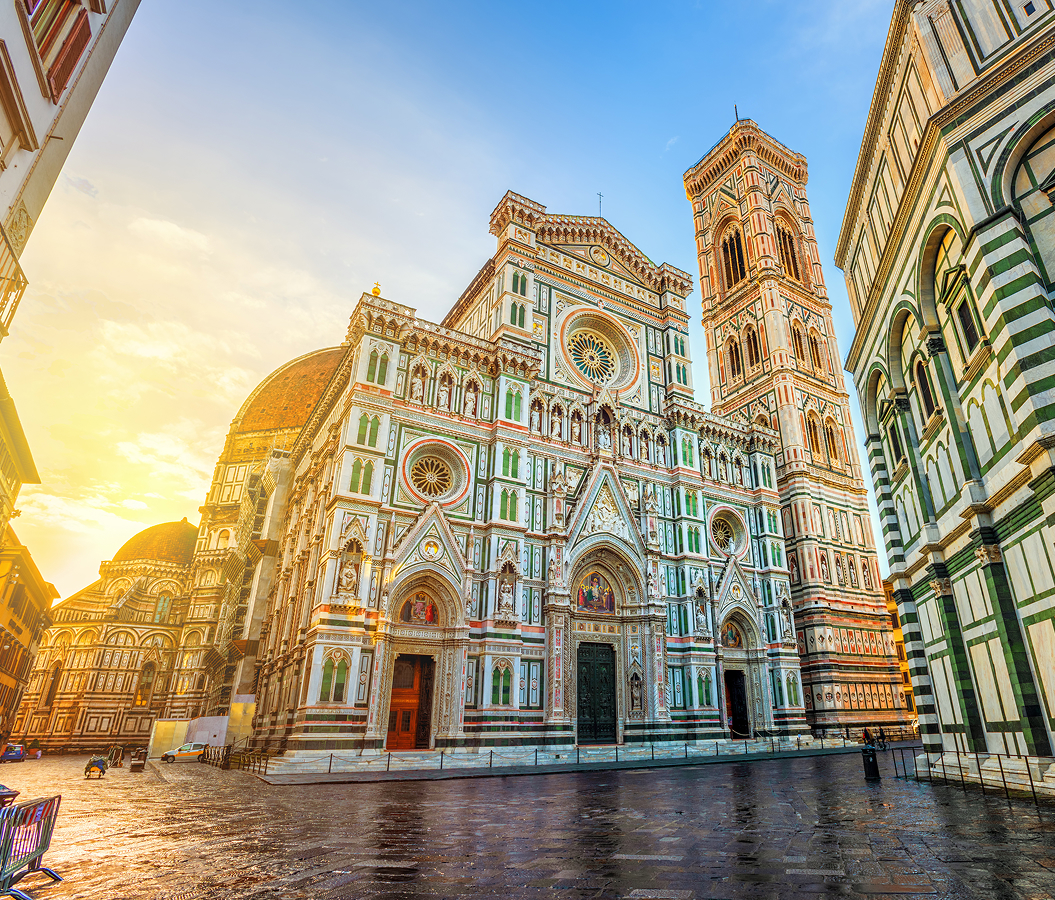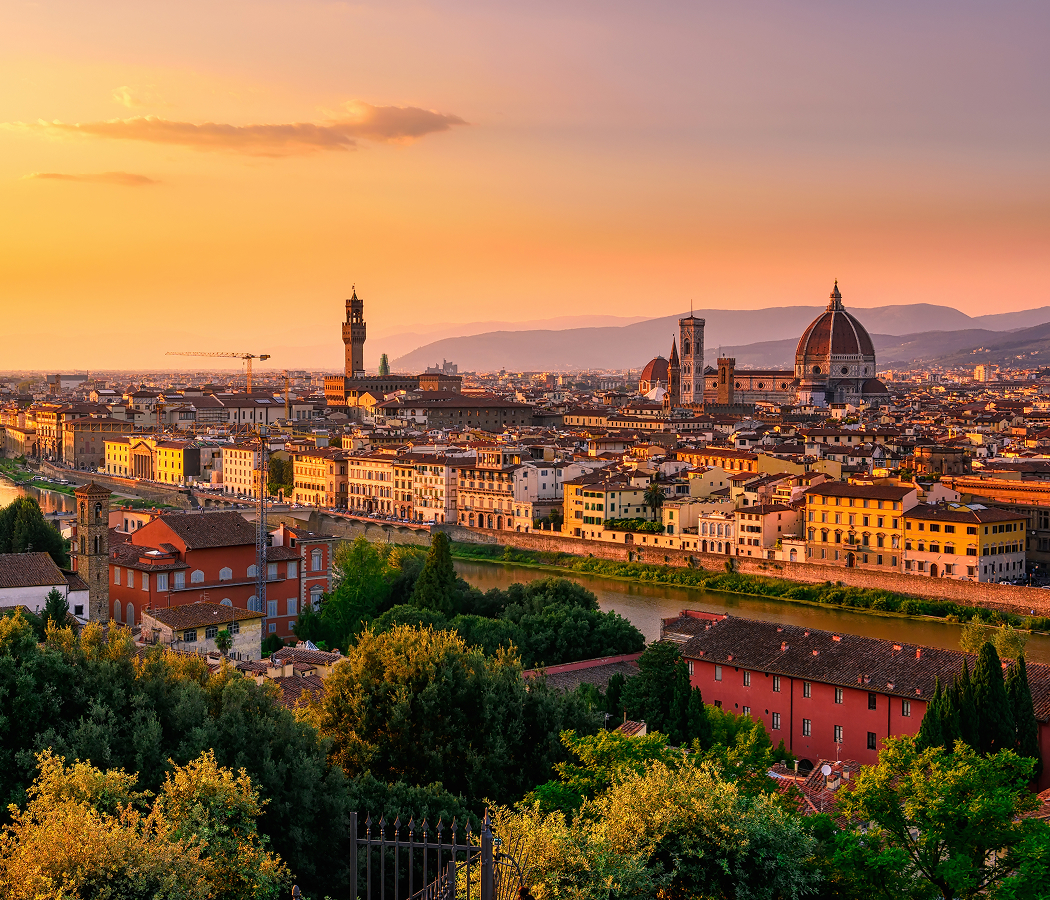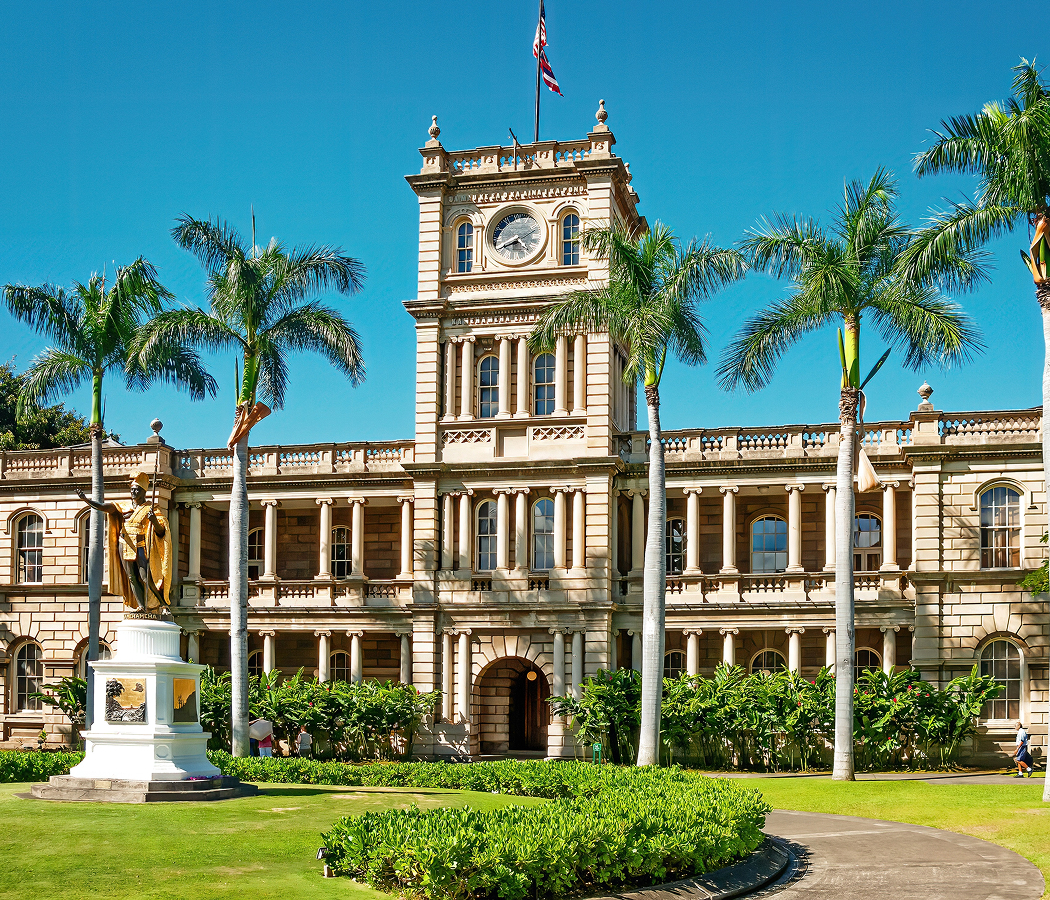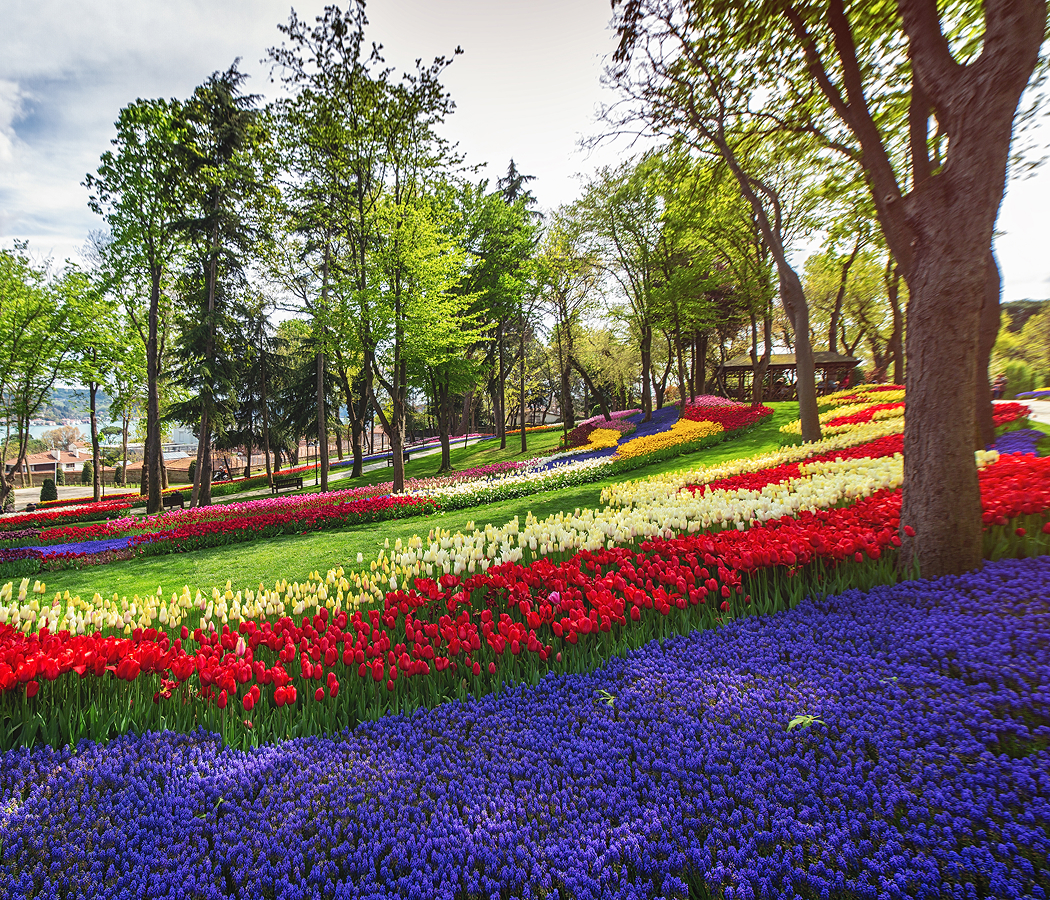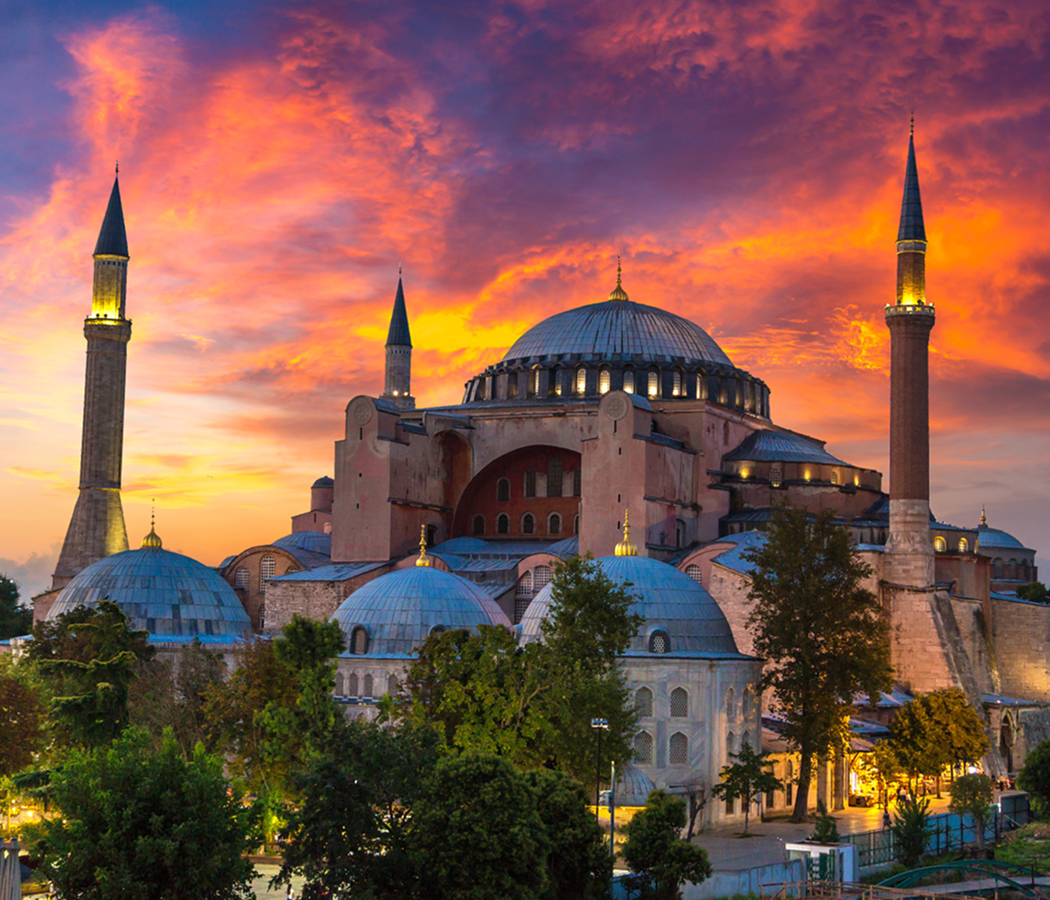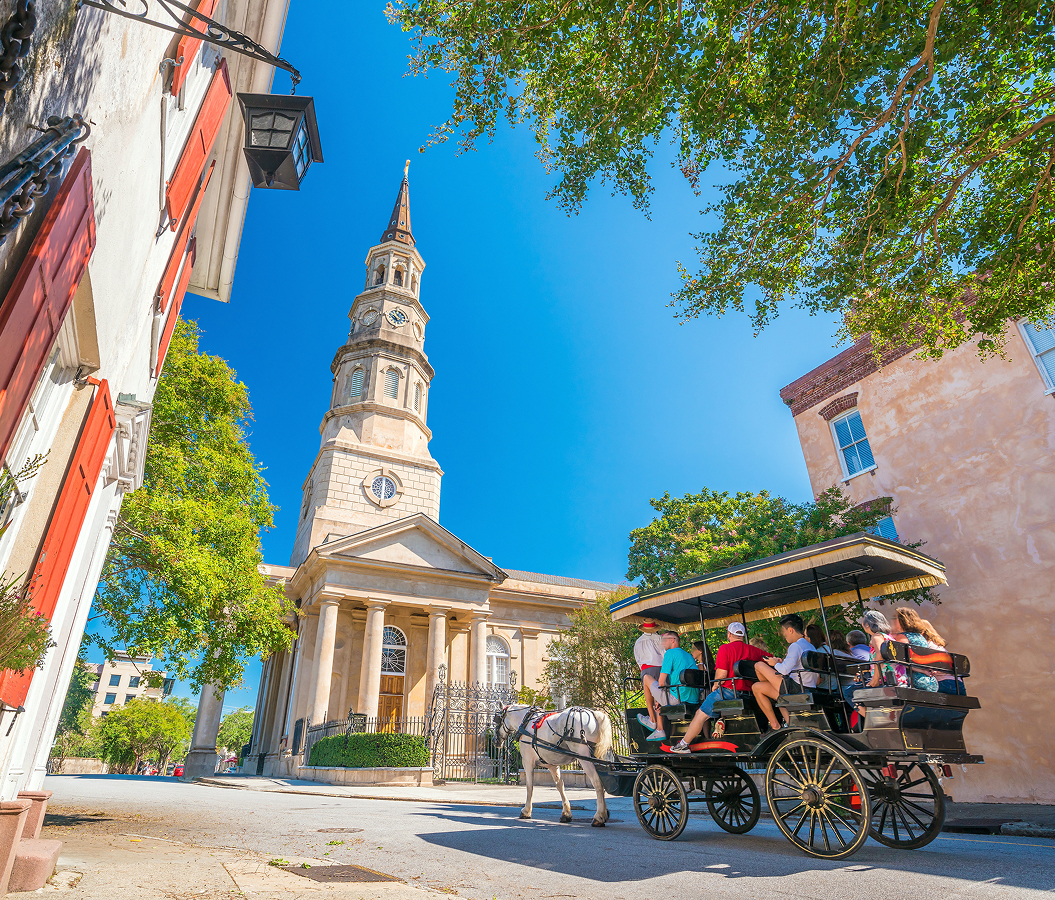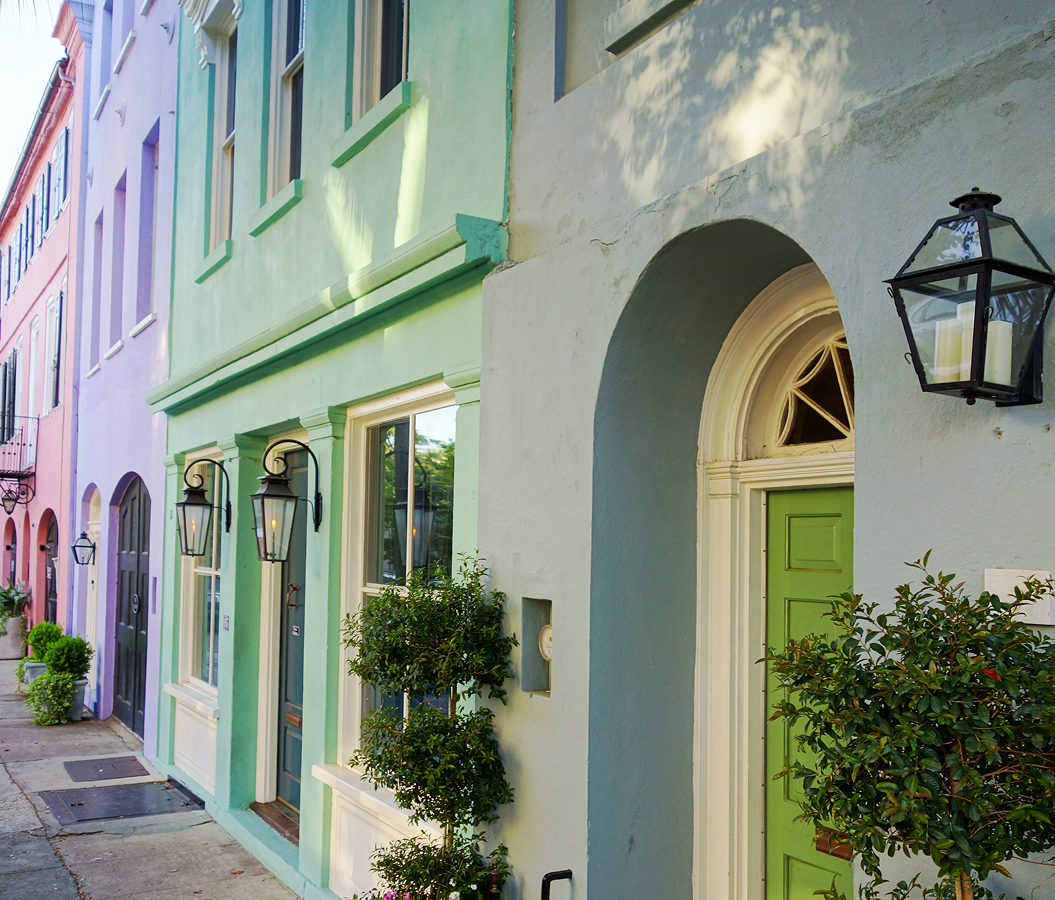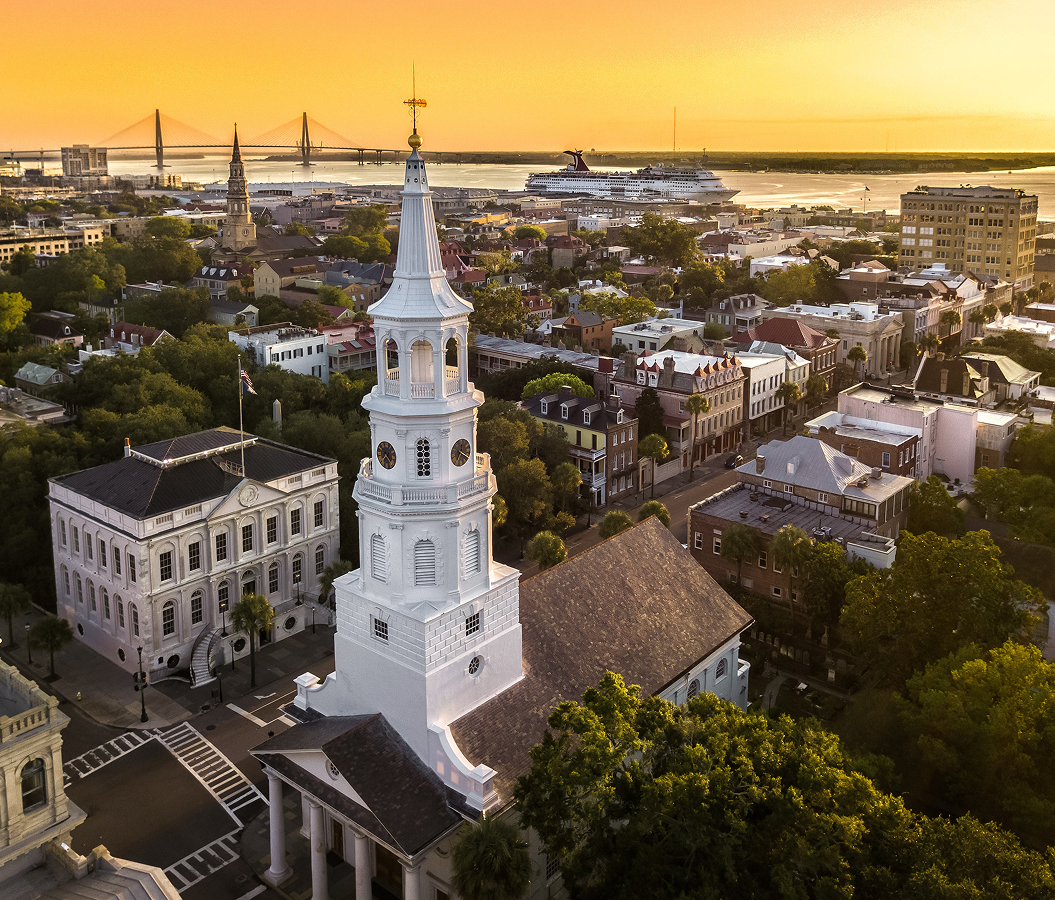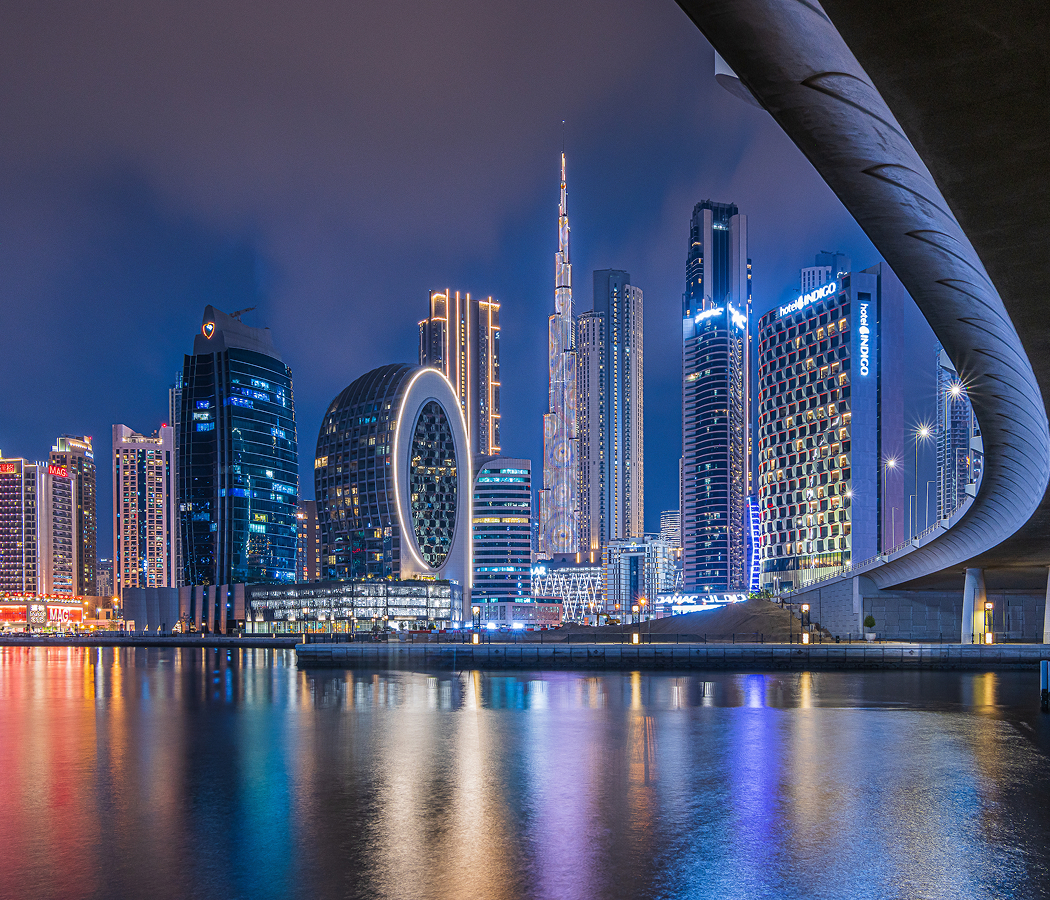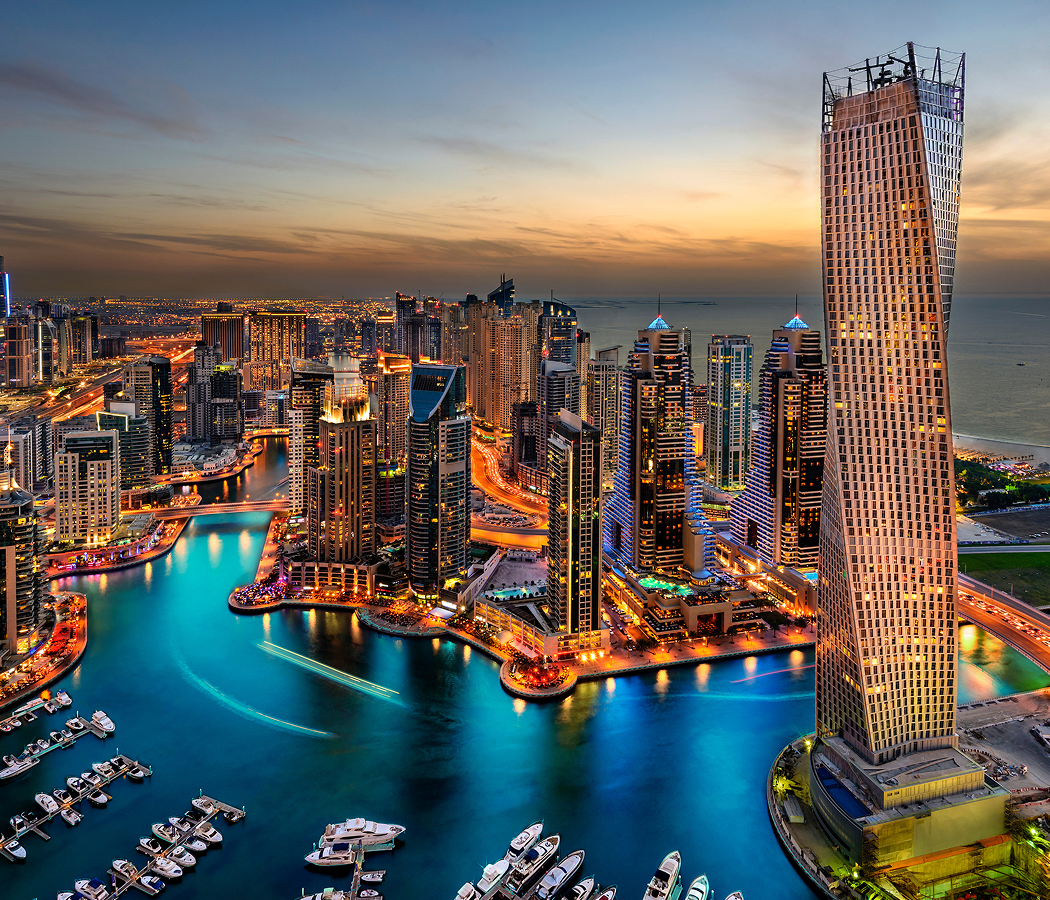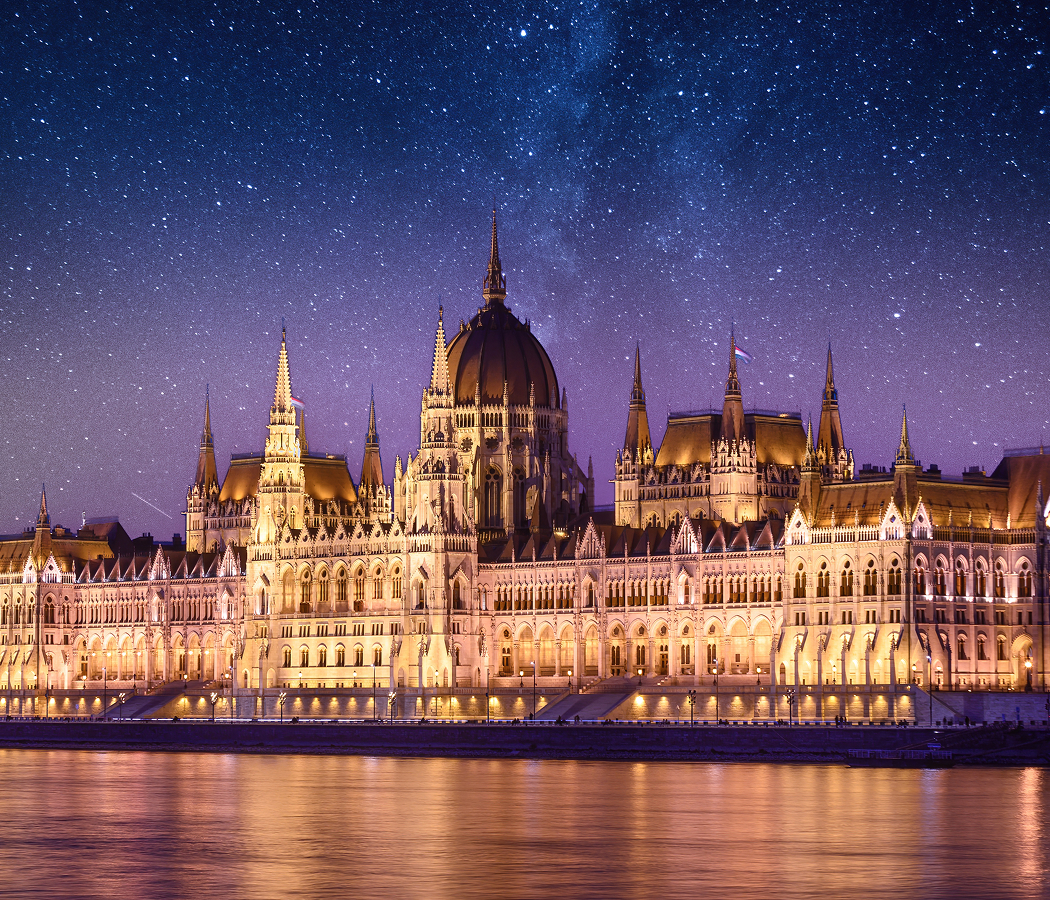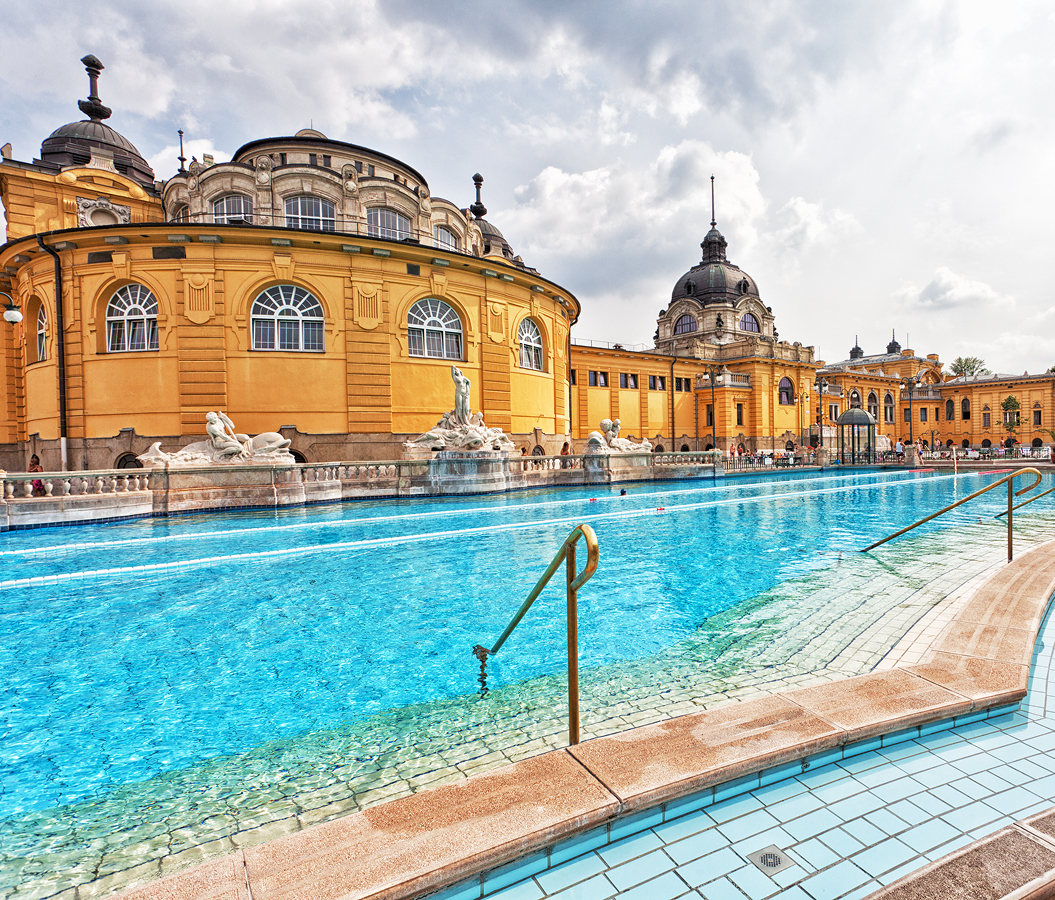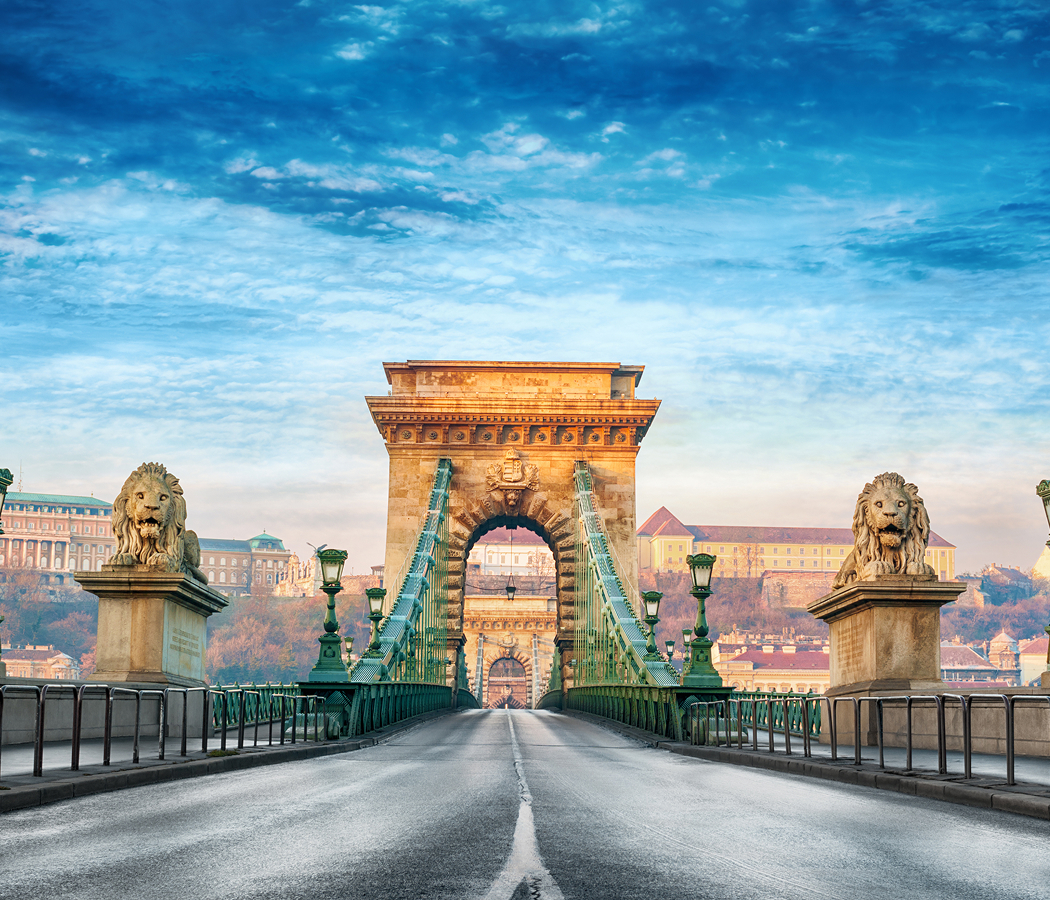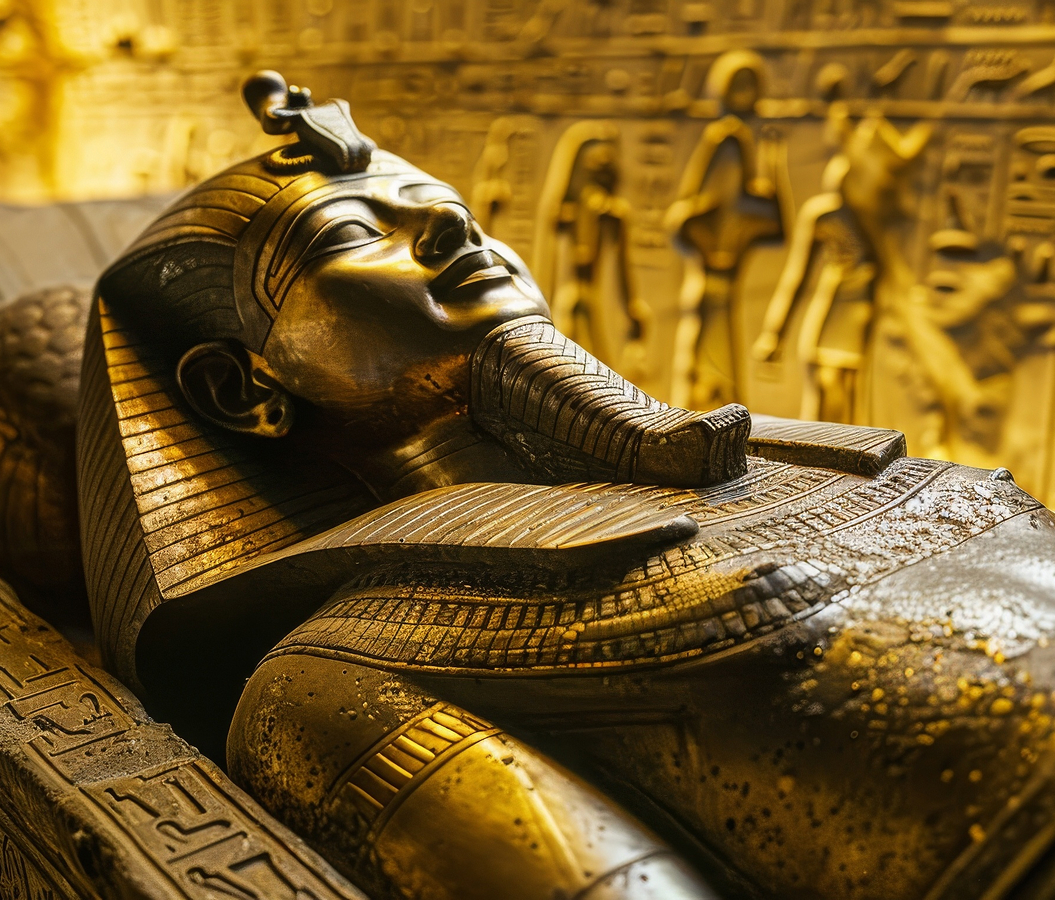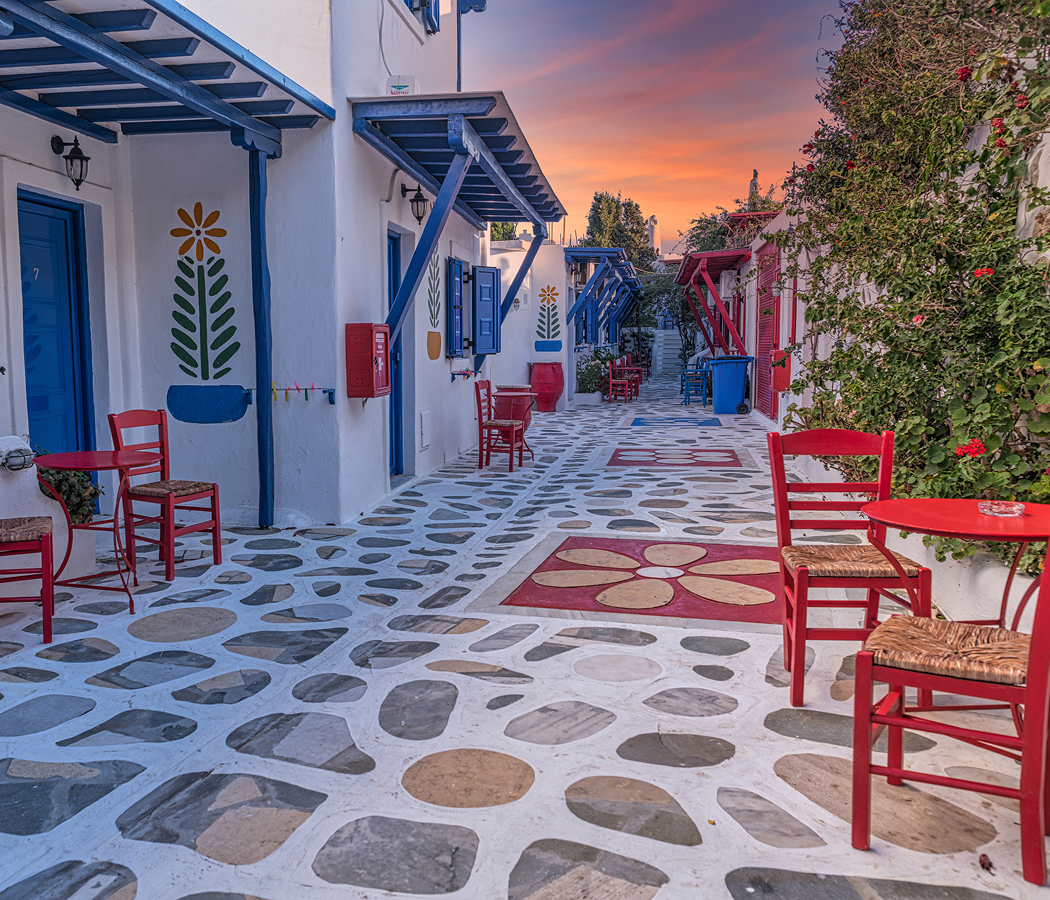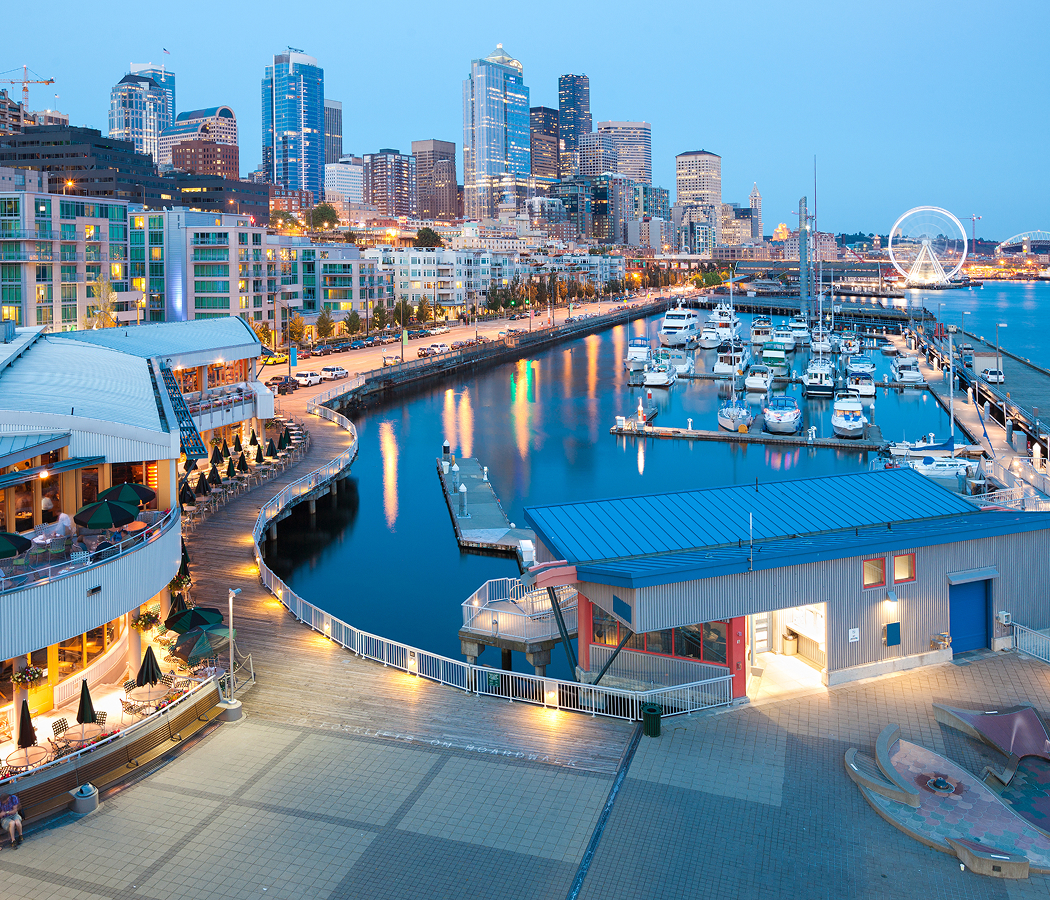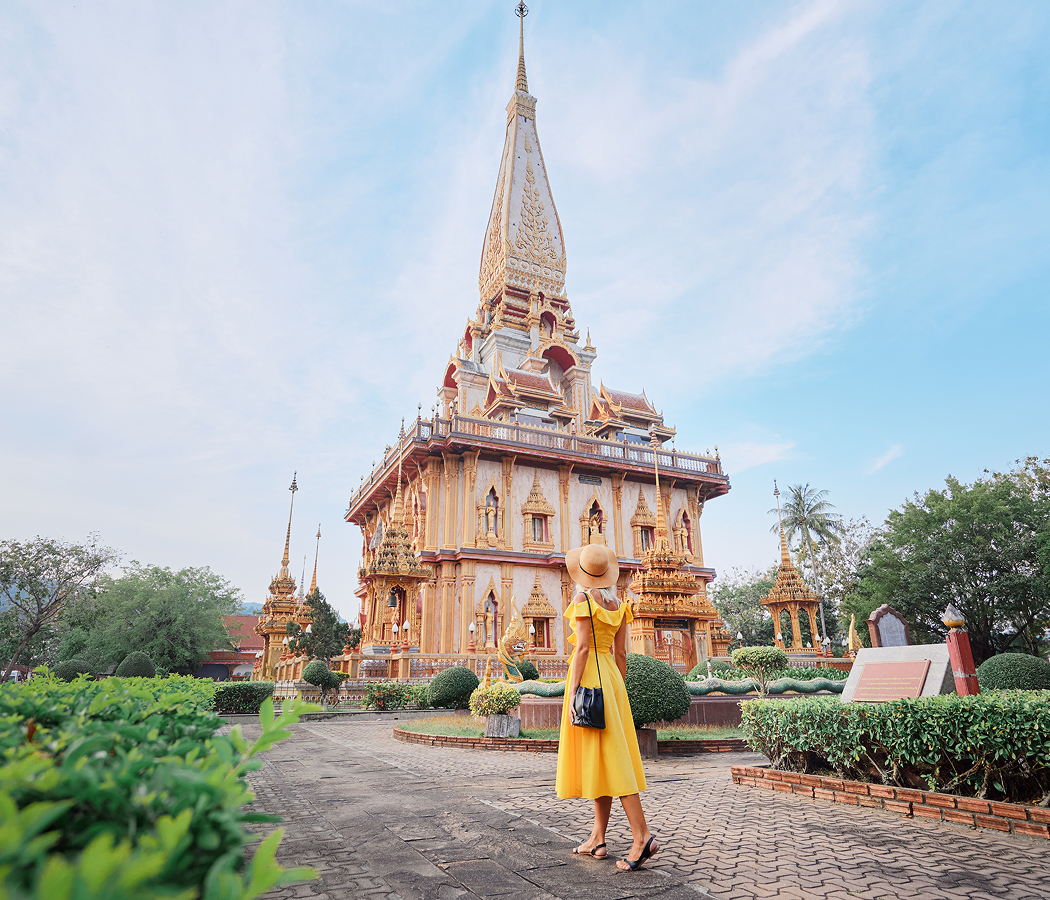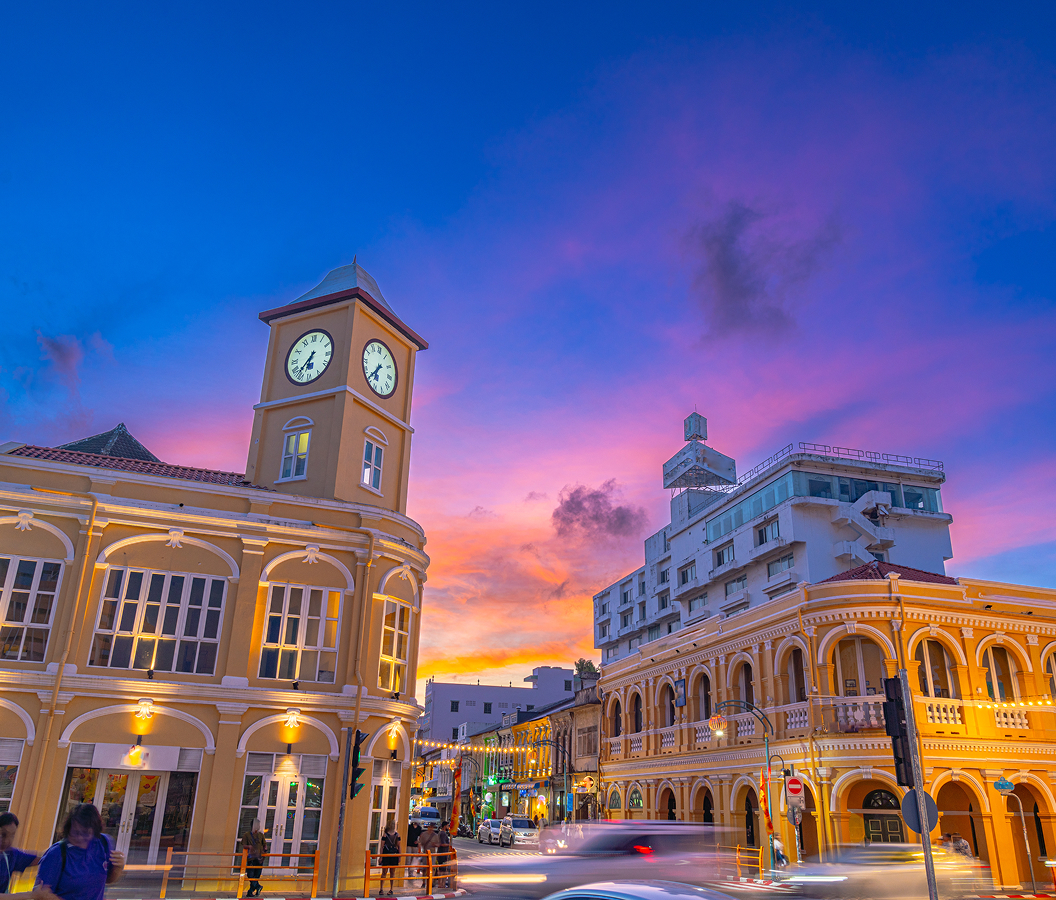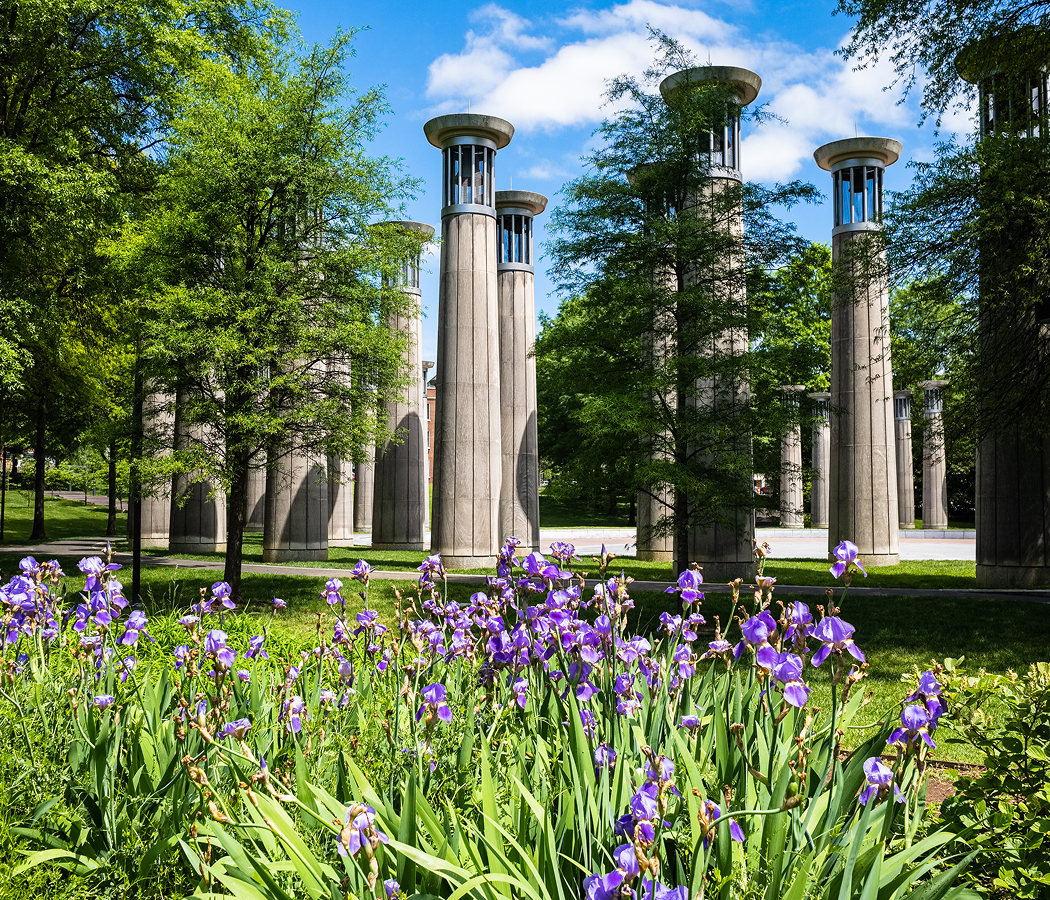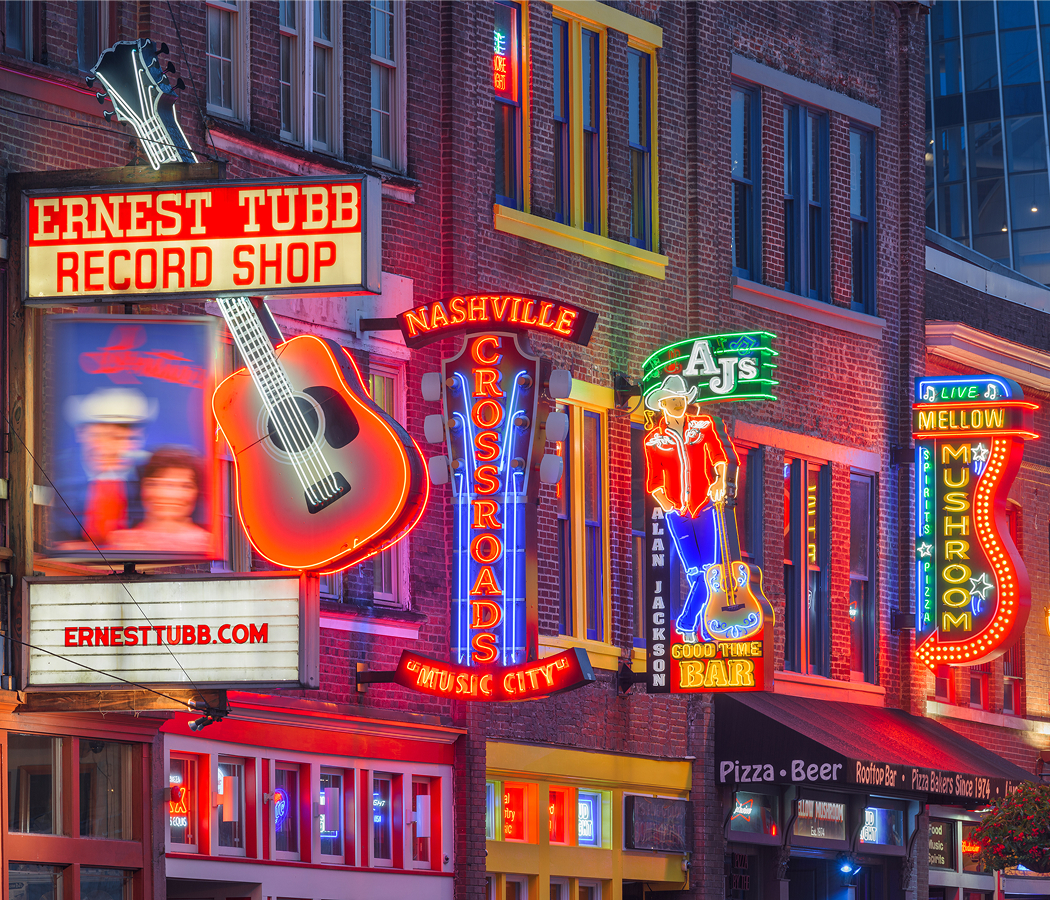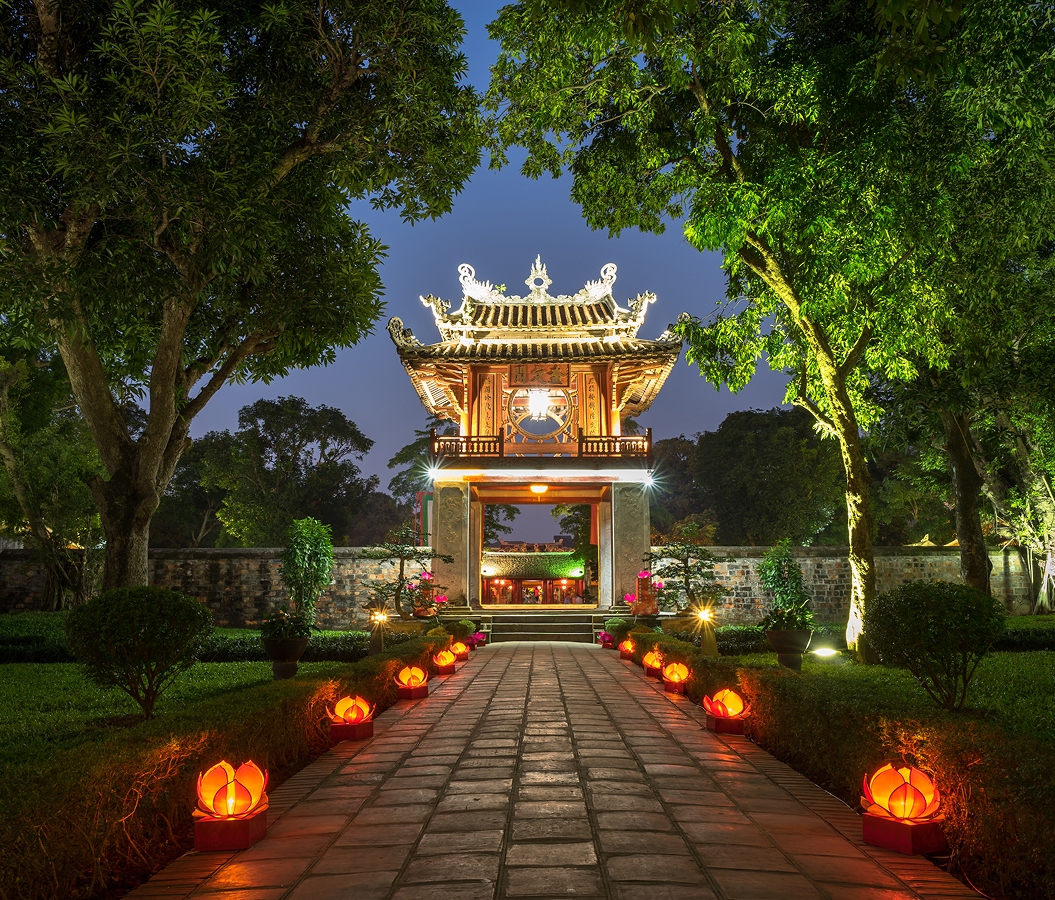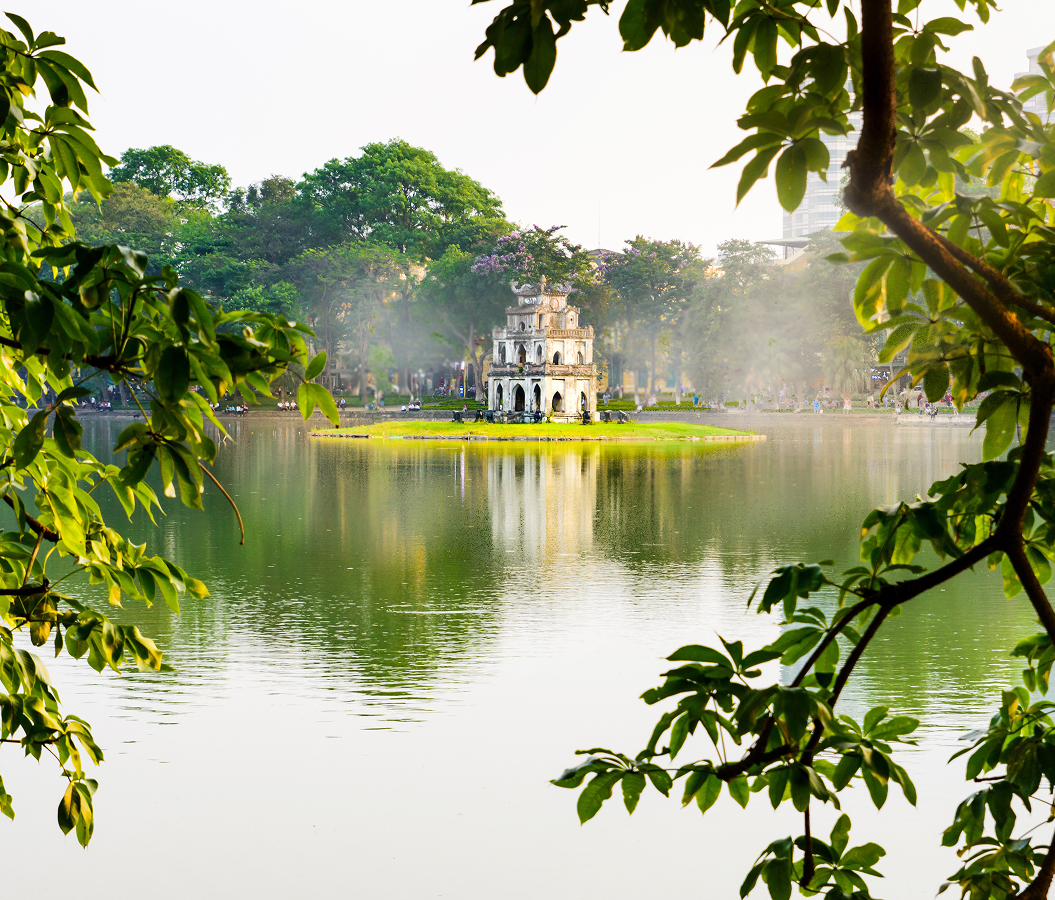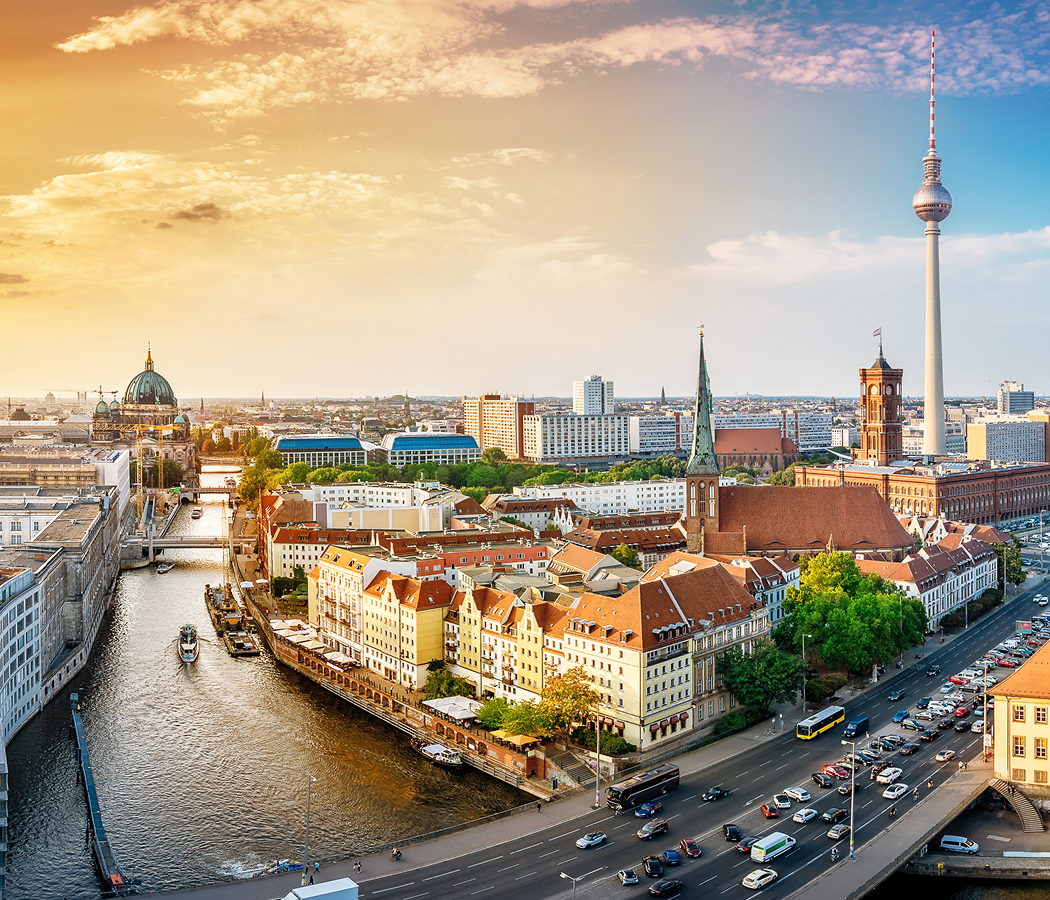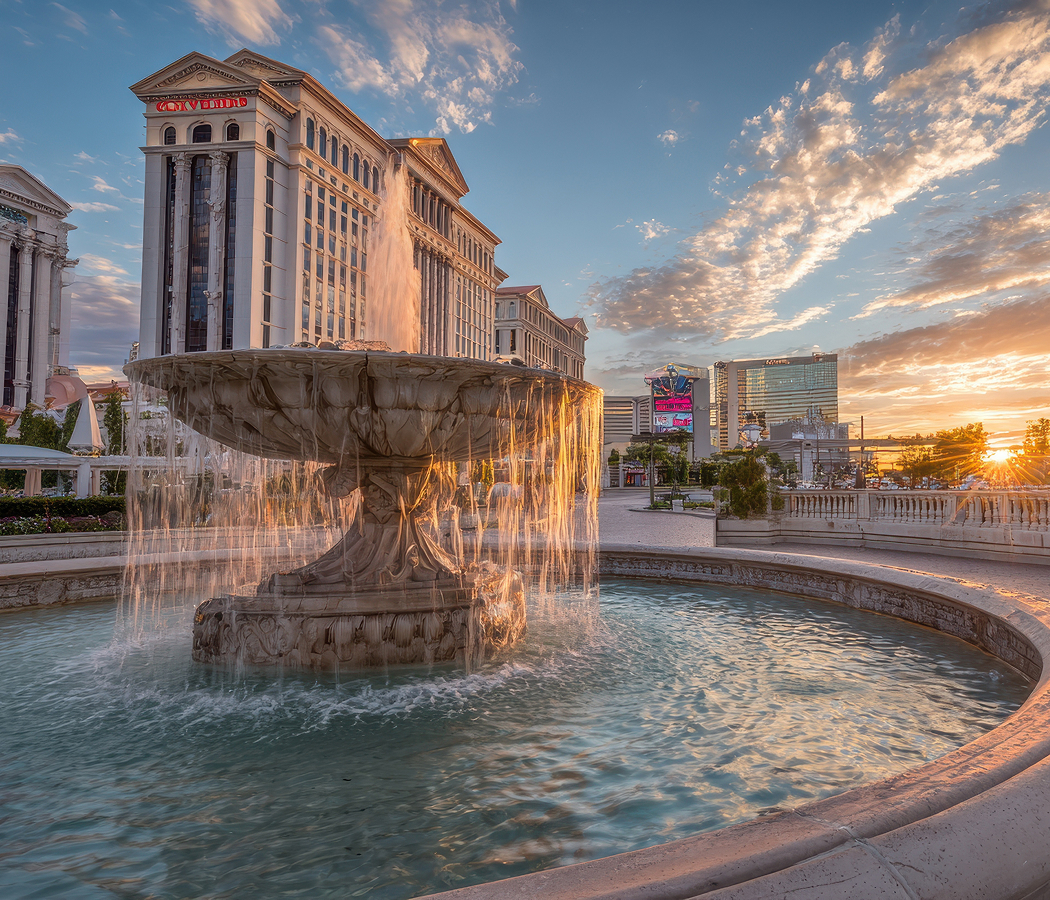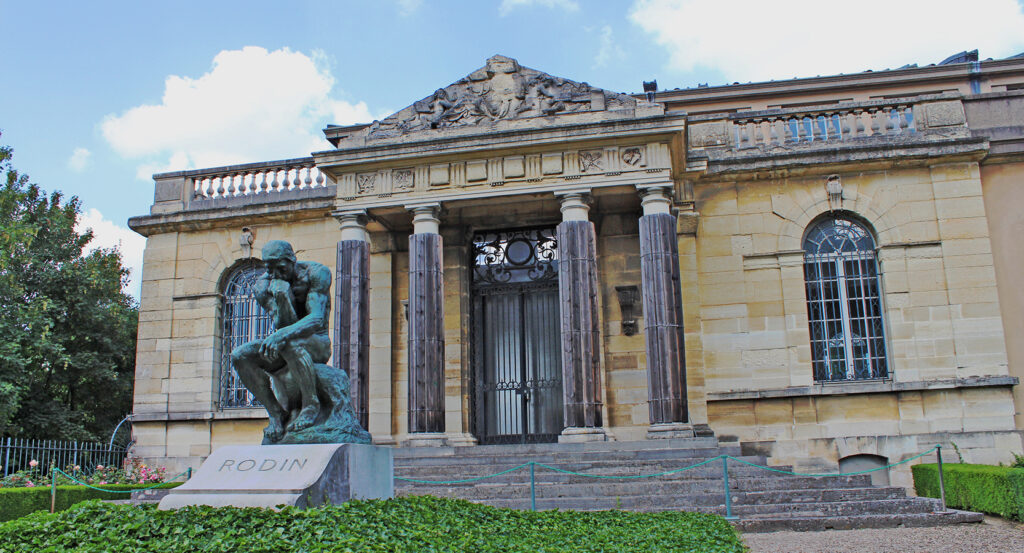
Why you should visit Hôtel Biron Mansion.
The Hotel Biron Mansion is one of Paris’s most enchanting intersections of art and architecture — a symphony of elegance that breathes with the spirit of Auguste Rodin himself.
Stepping inside feels less like entering a museum and more like crossing a threshold into the artist’s consciousness. The building’s 18th-century Rococo grace — high windows spilling soft light across marble floors, gilded mirrors catching shadows of sculpture — sets an intoxicating stage for Rodin’s bronzes and plasters. This is where sensuality meets discipline, where form and feeling intertwine until they’re inseparable. Each room holds not only masterpieces but echoes of Rodin’s relationships, passions, and obsessions. To walk through these corridors is to trace his evolution — from the raw energy of The Age of Bronze to the haunting complexity of The Burghers of Calais. The mansion’s intimacy amplifies the works’ emotional weight, creating a living dialogue between art and space. It’s the rare museum that doesn’t feel curated so much as inhabited — as though Rodin just stepped out for air, leaving behind his genius to linger in the dust motes.
What you didn’t know about Hôtel Biron Mansion.
What most visitors don’t realize is that the Hotel Biron nearly vanished before it became a sanctuary of modern sculpture.
In the early 1900s, the mansion had fallen into disrepair, divided among tenants that included artists, writers, and even a dancer or two. Rodin himself rented a few rooms here as both studio and refuge. When plans emerged to demolish the property, he intervened — not with money, but with vision. In 1911, he offered his entire life’s work to the French state on one condition: that the building be preserved as a museum dedicated to his art. The result was revolutionary — a place where his sculptures would remain rooted in the very soil that inspired them. The mansion’s original gardens were restored under Rodin’s supervision, transforming the estate into a living, breathing organism of art and nature. Today, the parquet floors still creak with history, and the plaster fingerprints of the master cling to the walls like relics. Few realize that this space represents not only a legacy of art but an act of defiance — the artist’s insistence that beauty and decay could coexist, eternally intertwined.
How to fold Hôtel Biron Mansion into your trip.
To fold the Hotel Biron Mansion into your Paris journey, surrender to its slower rhythm — this is not a museum to rush.
Arrive early, ideally in the morning light, when the sun filters through the tall windows and the air carries the faint perfume of the surrounding gardens. Begin upstairs, where Rodin’s smaller works whisper their intentions — fragments of limbs, studies of motion — before descending into the grander rooms where his full genius unfolds. Allow the textures to speak: the cool bronze, the velvety marble, the tactile tension between permanence and ephemerality. Then step outside into the garden and look back at the mansion — its pale façade glowing against the greenery. Imagine Rodin wandering those same halls, sculpting between shafts of light and silence. Combine your visit with a stop at the nearby Musée d’Orsay for a deeper dialogue between sculpture and impressionism, or linger with a coffee in the courtyard café to let the reverie settle. The Hotel Biron isn’t just a museum; it’s a living poem — one that rewards those who take the time to read it line by luminous line.
Hear it from the Foresyte community.
“Art off the beaten path but it’s also kinda spooky. Statues just sit there like they know stuff about you. Way cooler than another crowded Paris museum.”
Where meaningful travel begins.
Start your journey with Foresyte, where the planning is part of the magic.
Discover the experiences that matter most.

